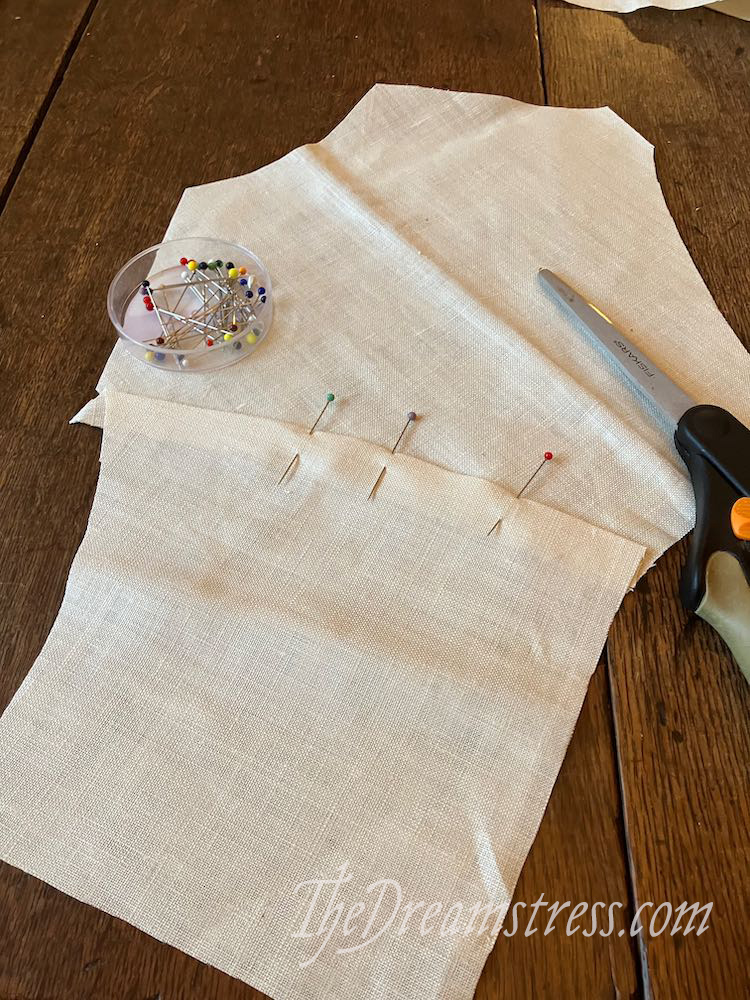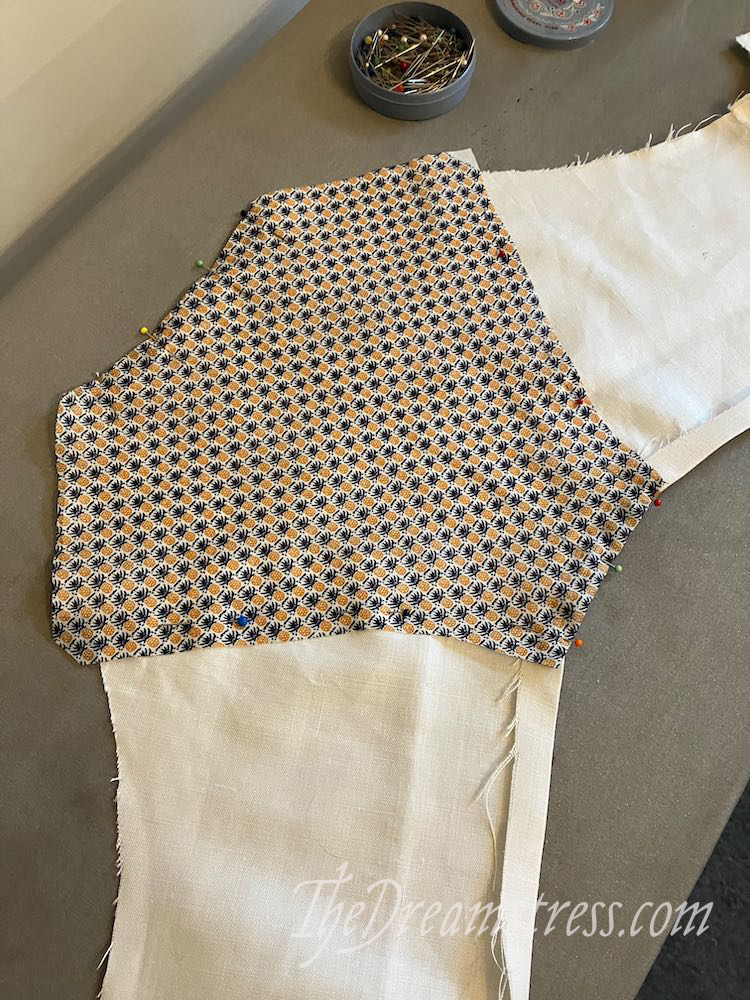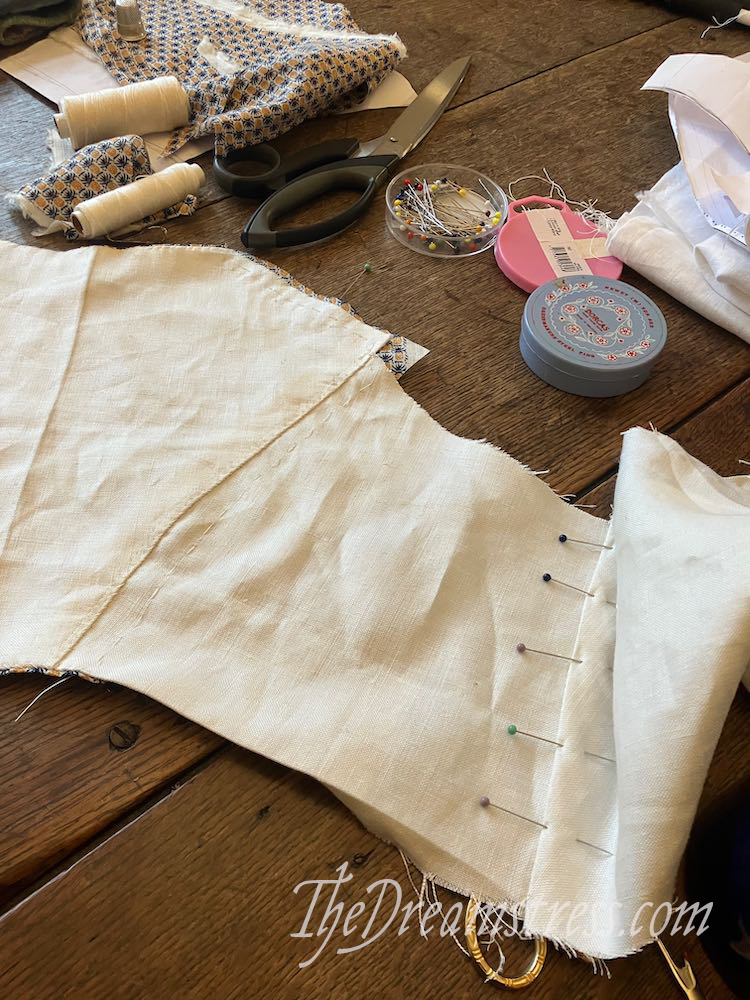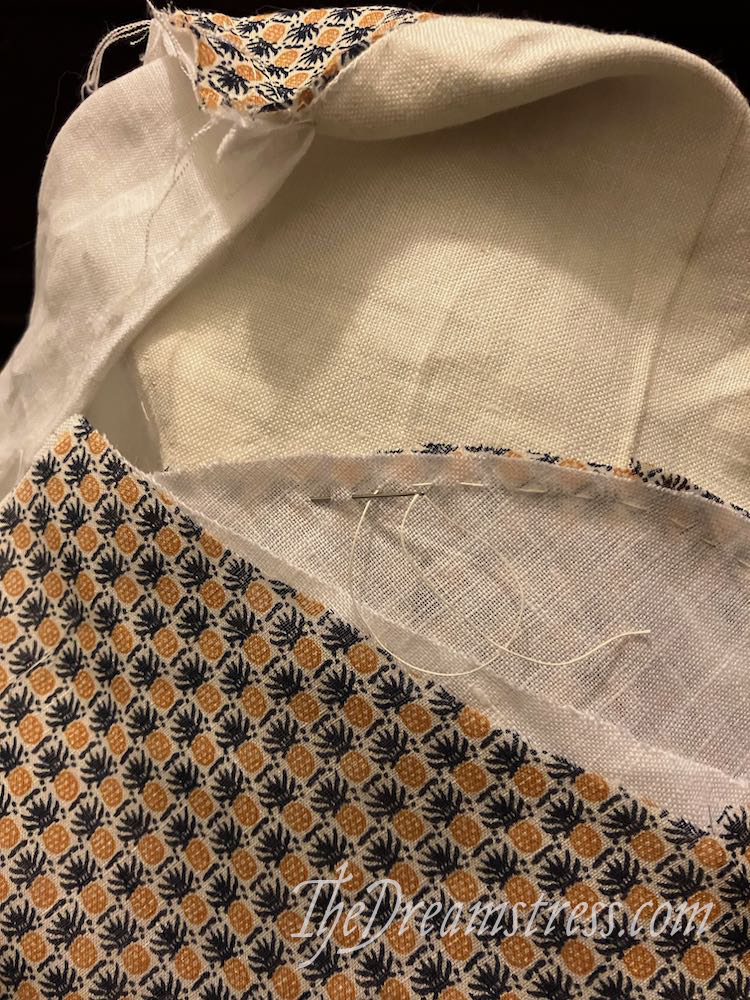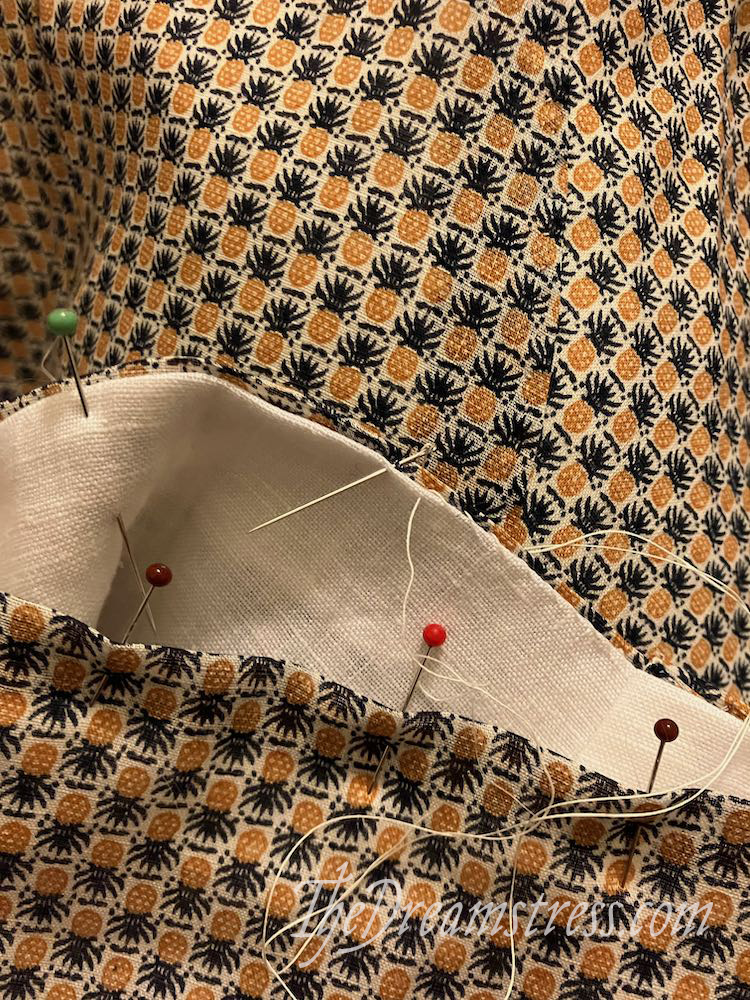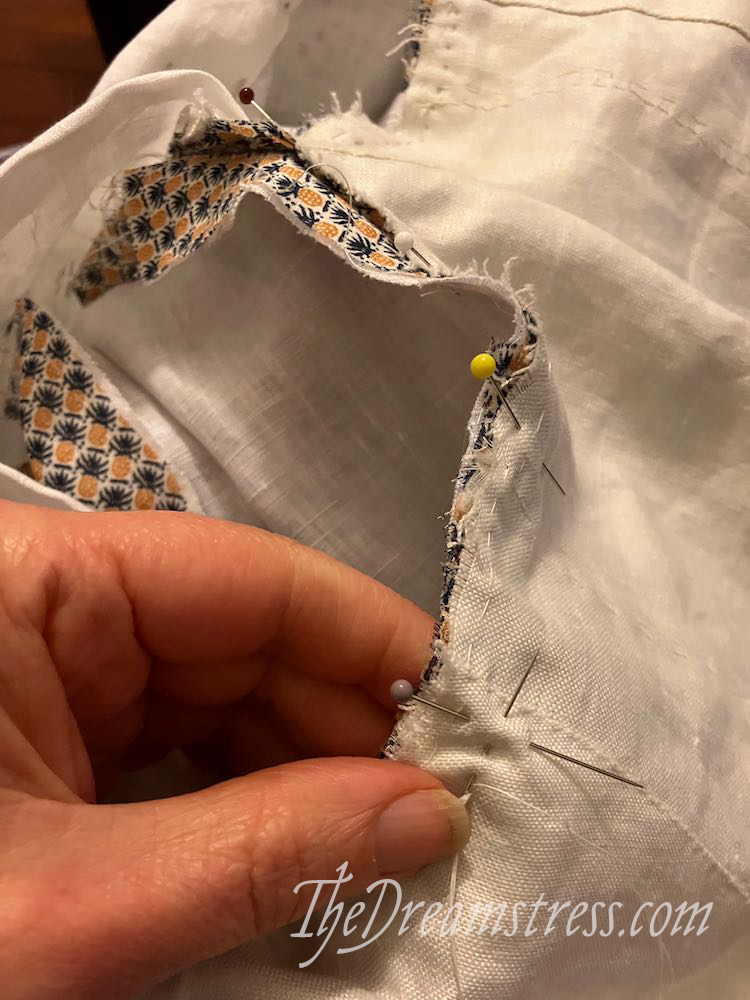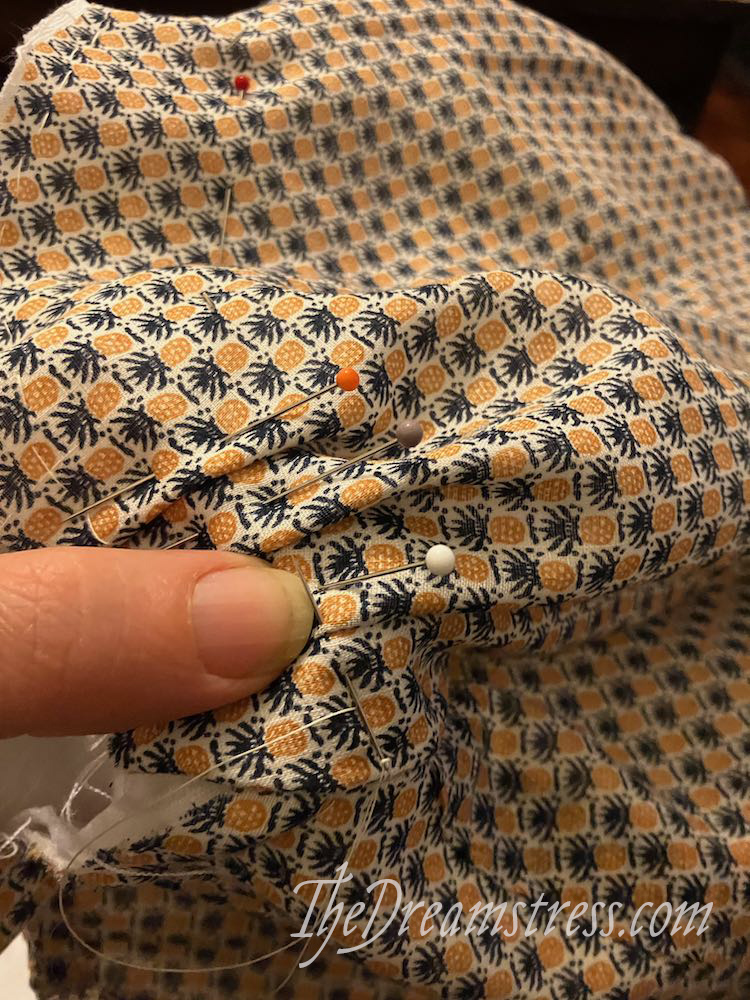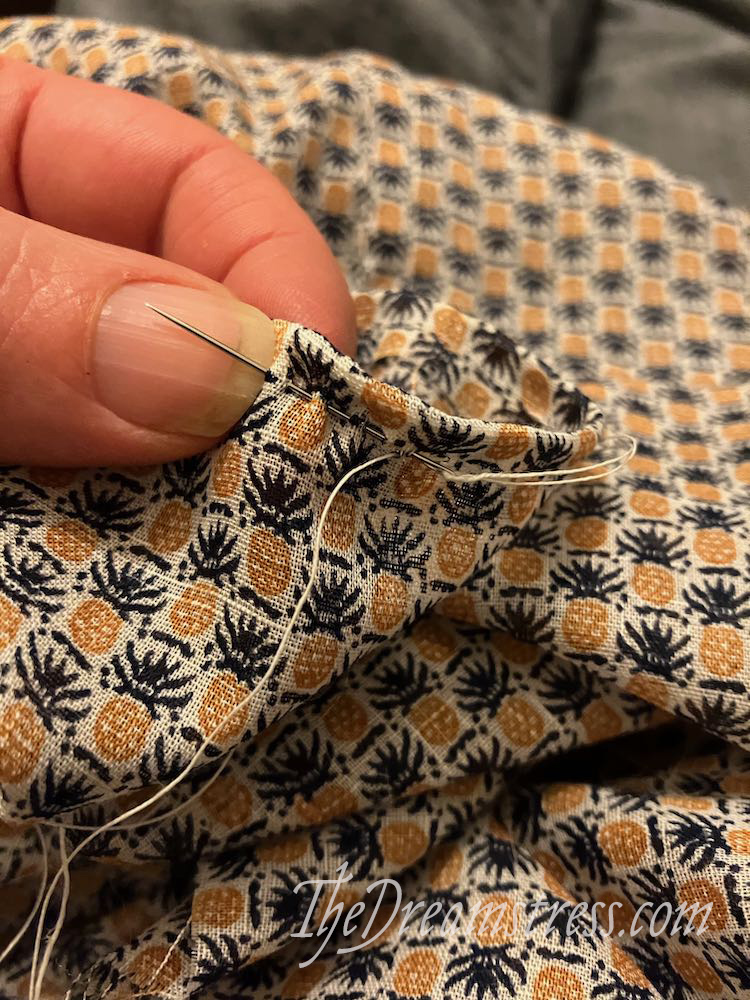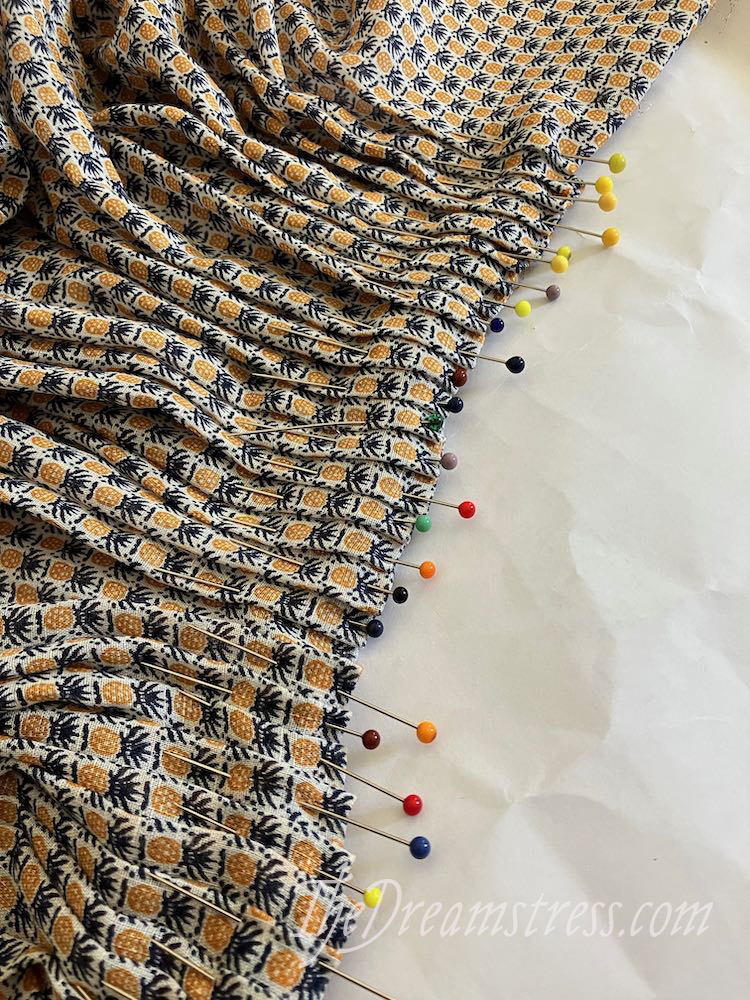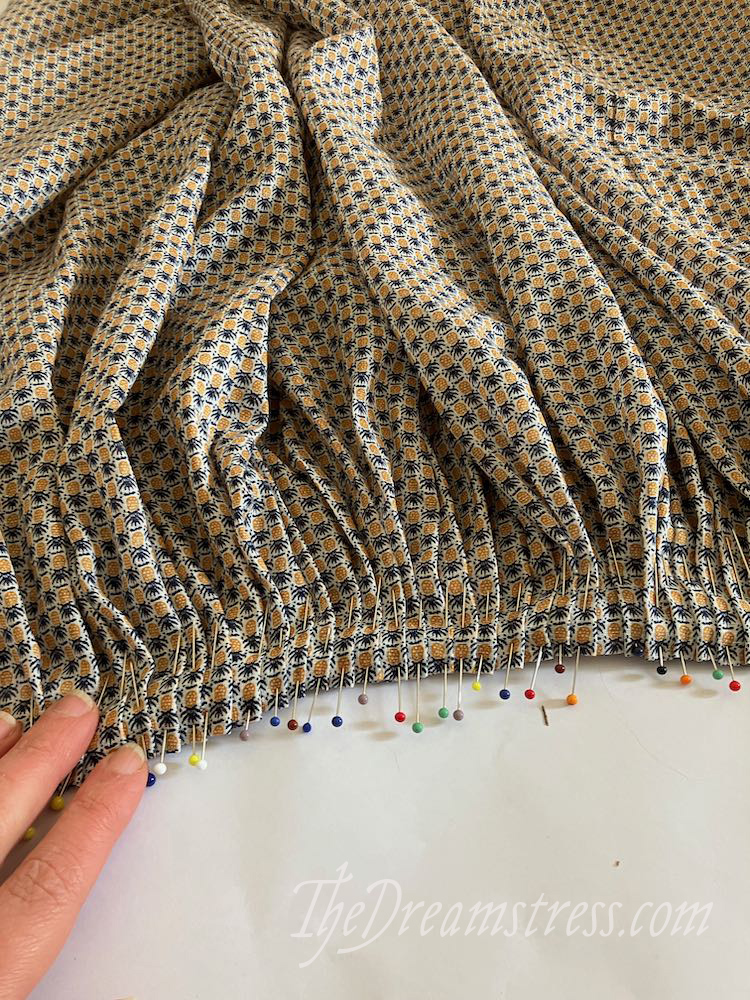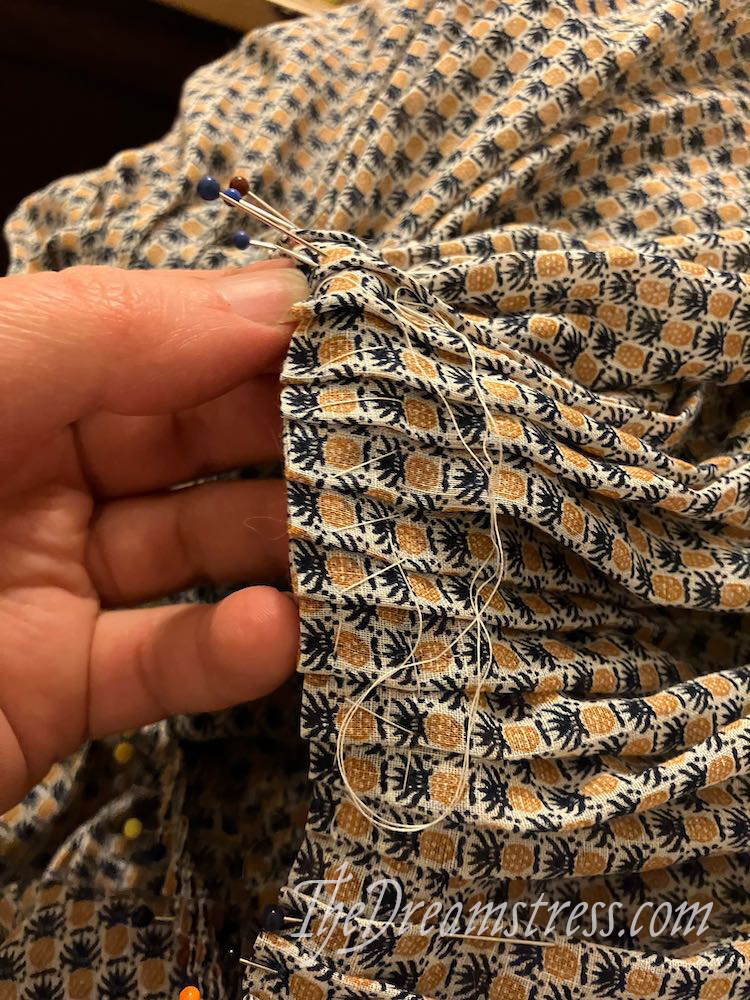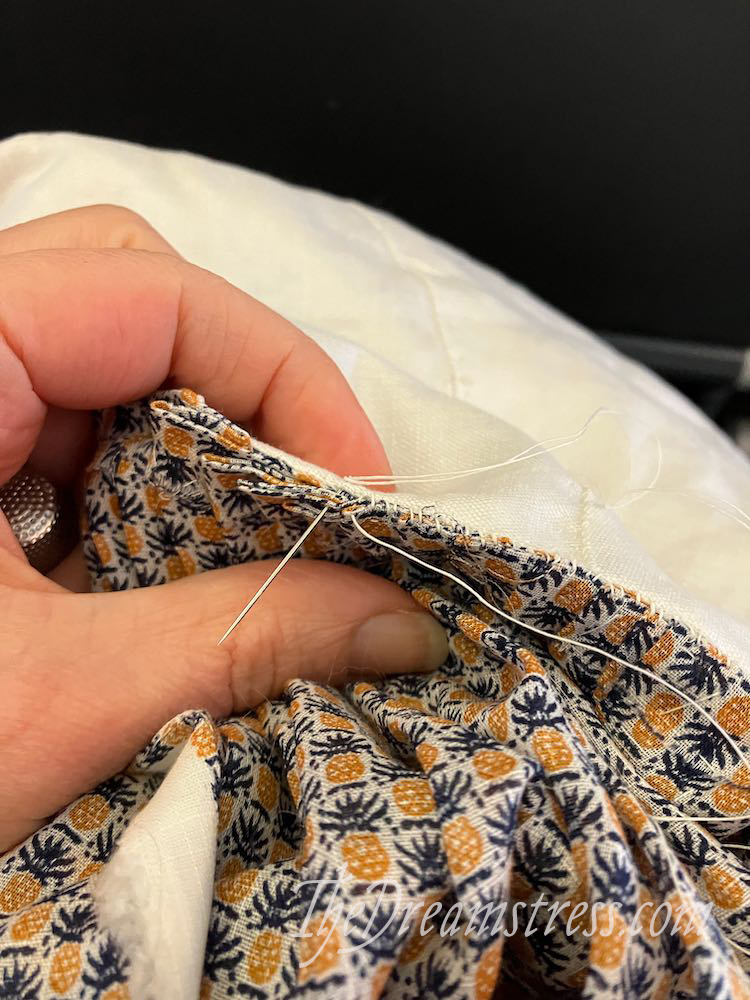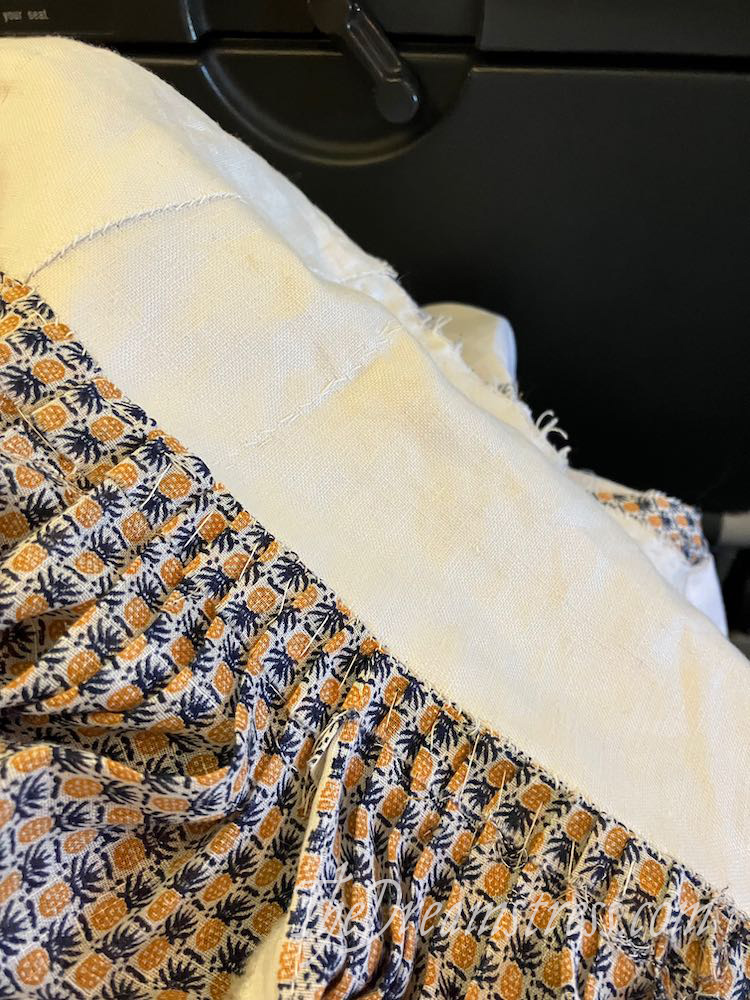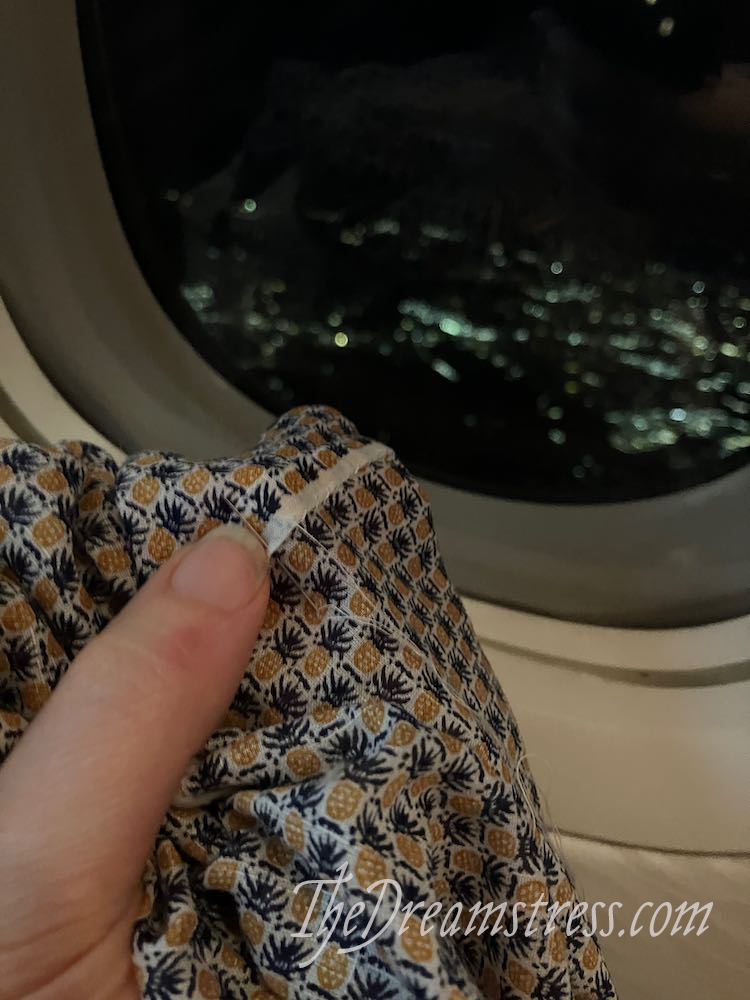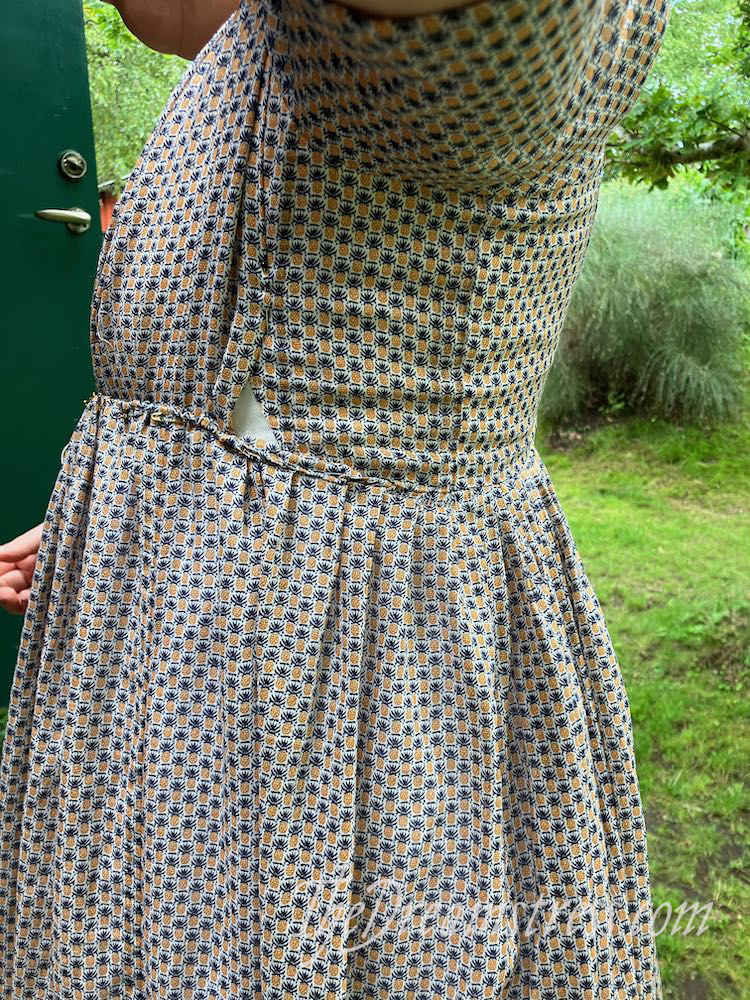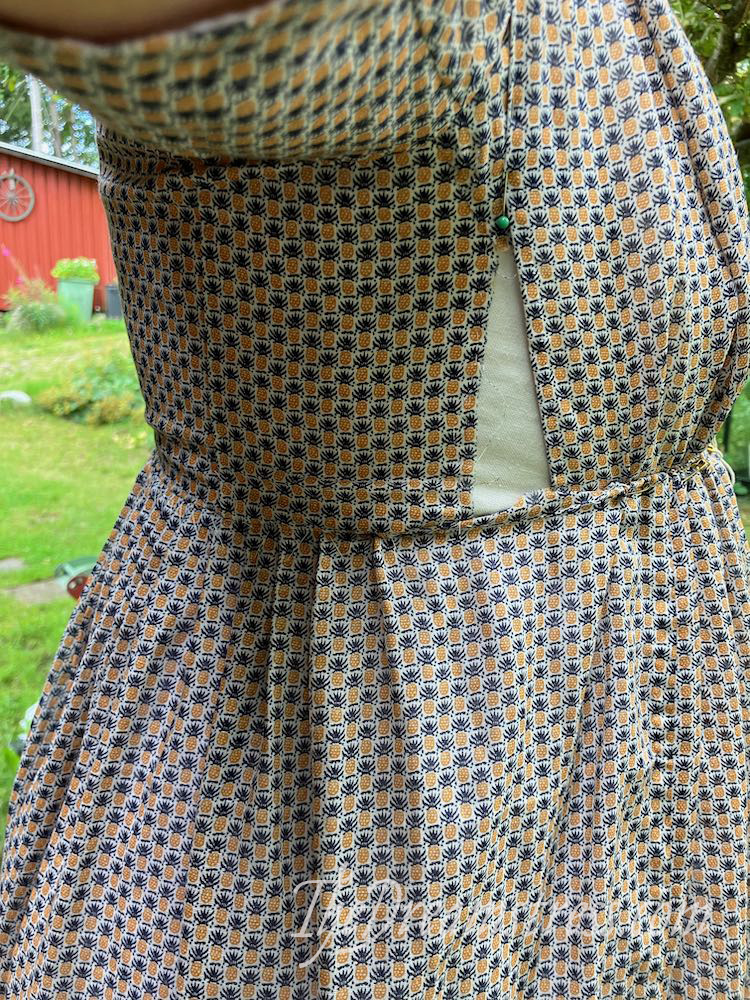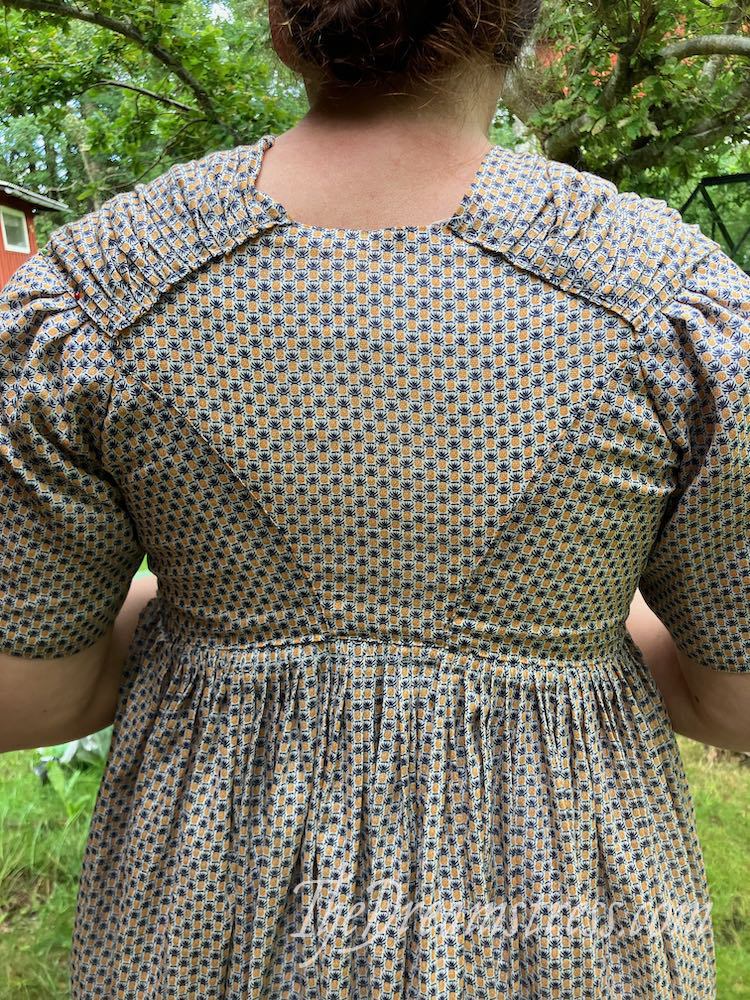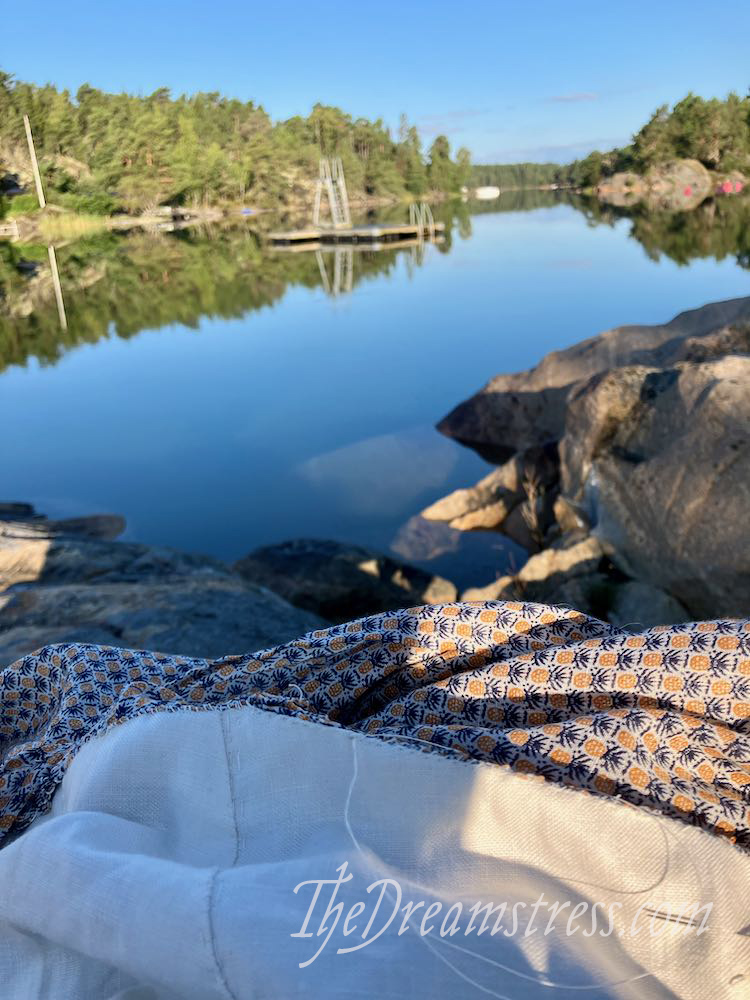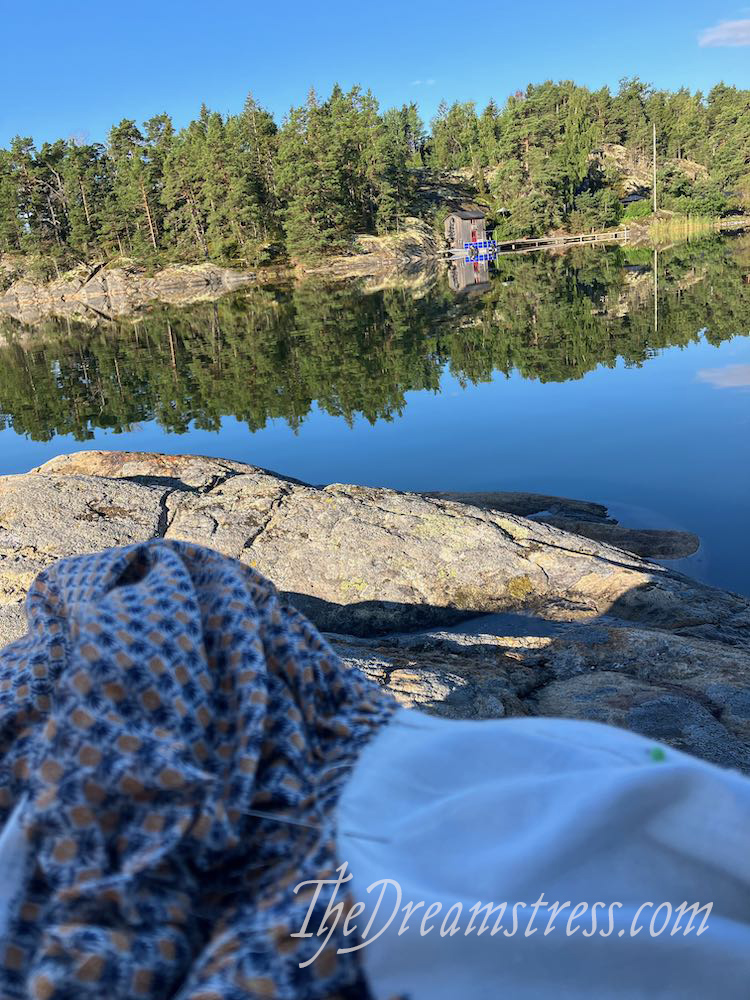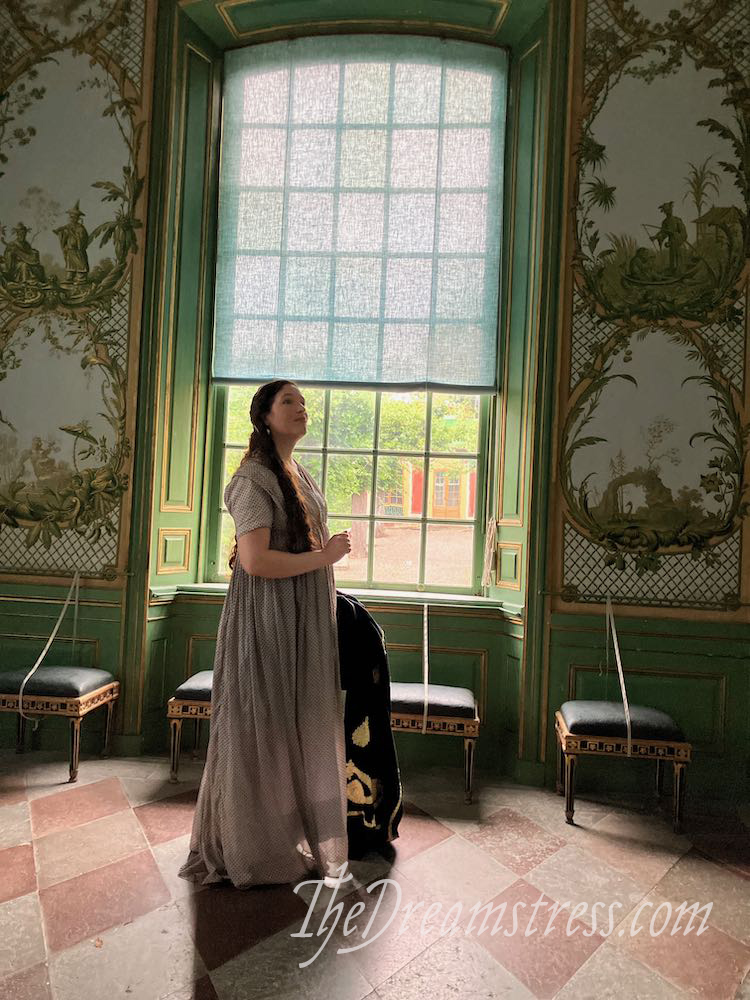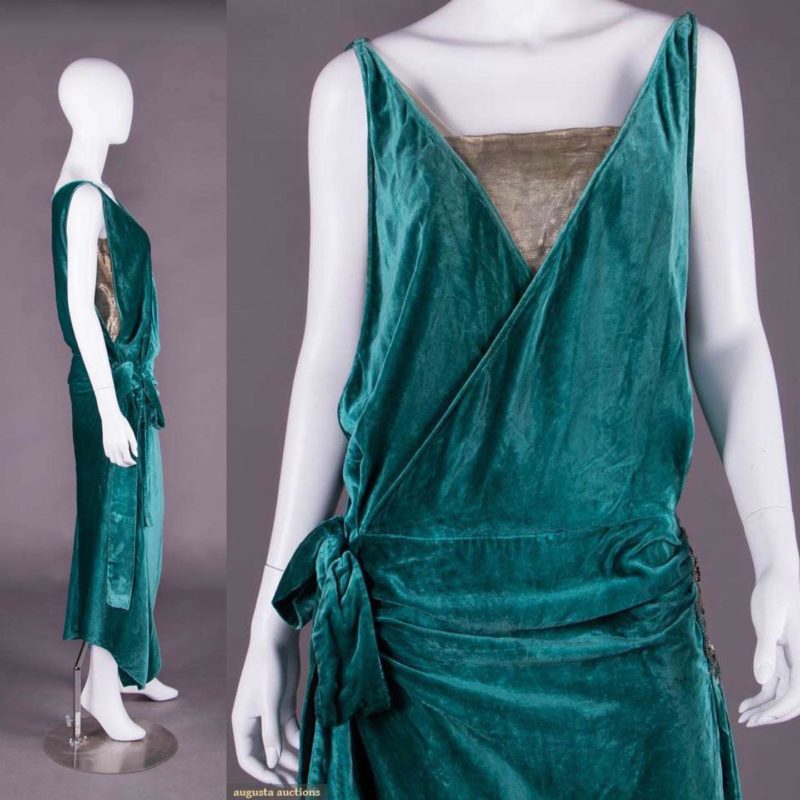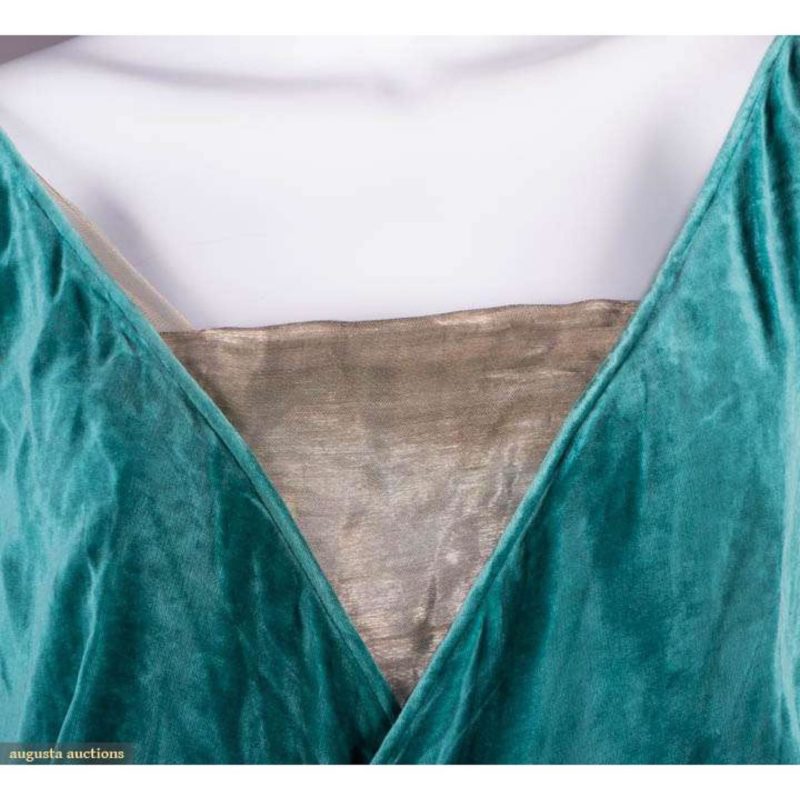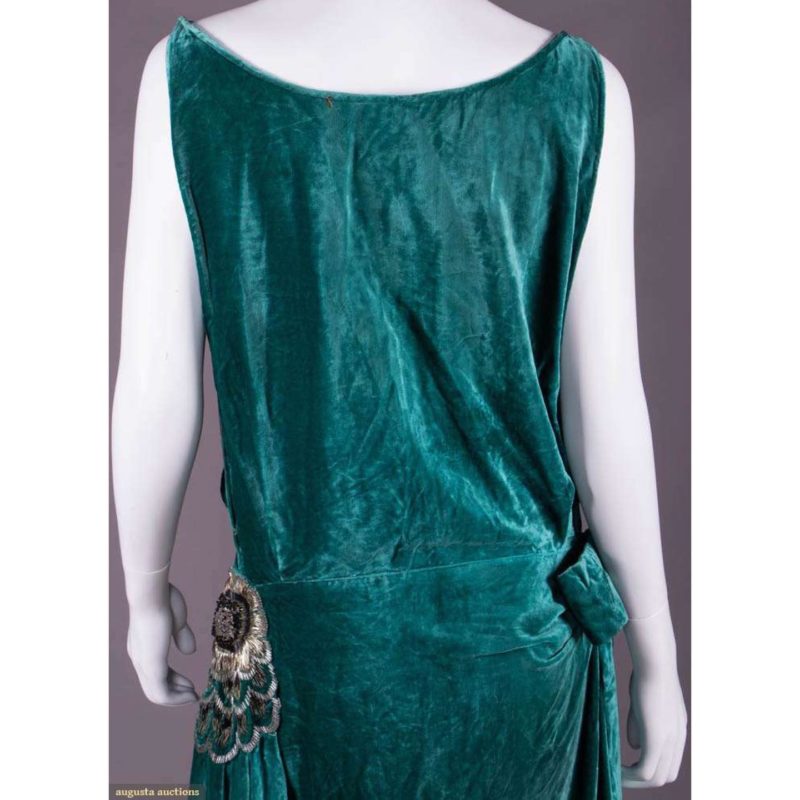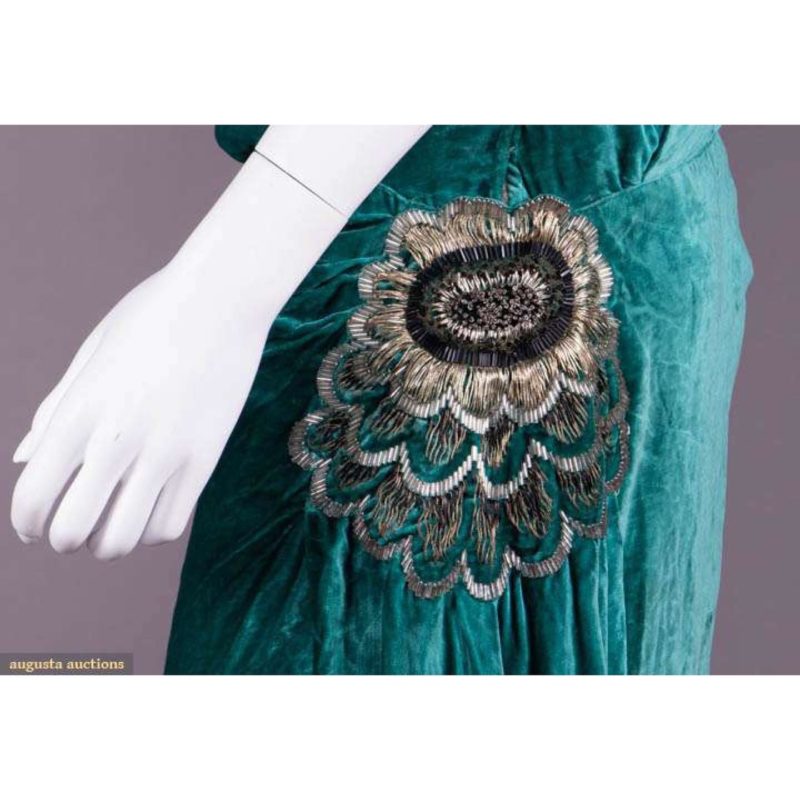I was originally planning to blog about my European trip in chronological order, but realised if I do that you may never get to see some posts, and the blog will go quiet for weird stretches while I struggle with writers block over specific posts.
So, instead you’ll get “here’s a post about whatever inspires me to write today.” Enjoy!
And today I’m going to share my visit to the Deutsches Bergbau-Museum Bochum, or, in English, the German Mining Museum.
Which will lead to the post with the THE MOST BONKERS FABULOUS TABLE CENTREPIECE I’VE EVER SEEN.
It deserves the all caps. And a post all to itself. Trust me.
One of the places I visited in Europe was the Essen/Dusseldorf region in Germany. I didn’t know much about the region, and was so busy in the run up to the trip that I didn’t do much research on what I ought to see. Instead I just let my hosts show me what they thought was interesting in the region.
And that is definitely the best way to travel, because it means I got taken to amazing things I would never have chosen on my own…like the German Mining Museum!
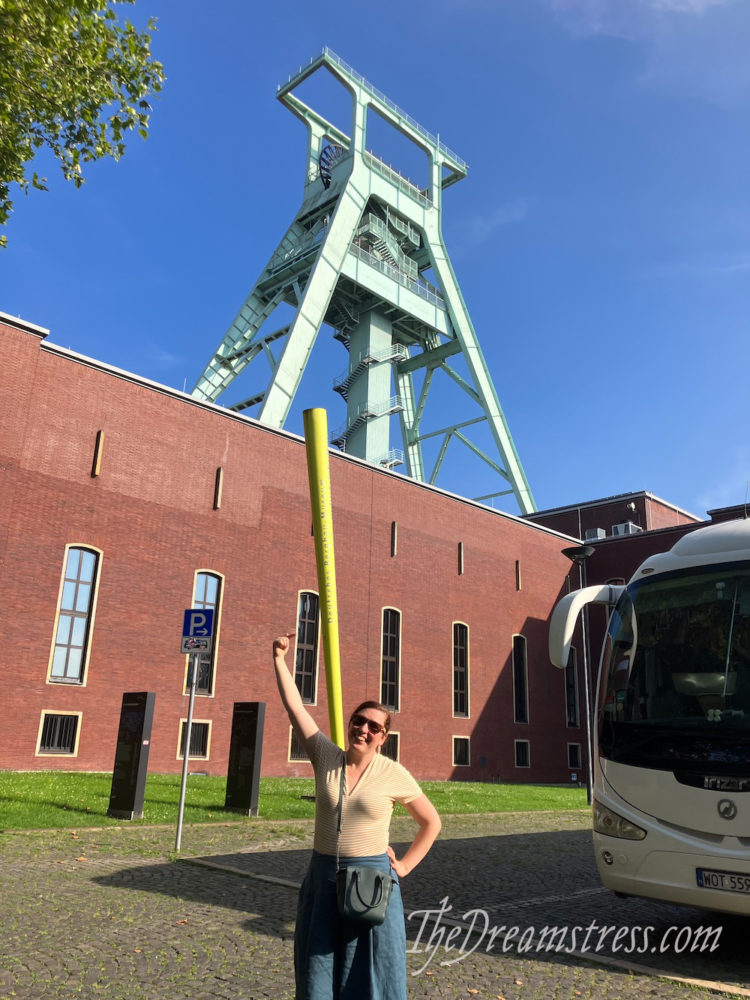 (that’s me, showing that I went all the way up that thing and stood on the viewing platform)
(that’s me, showing that I went all the way up that thing and stood on the viewing platform)
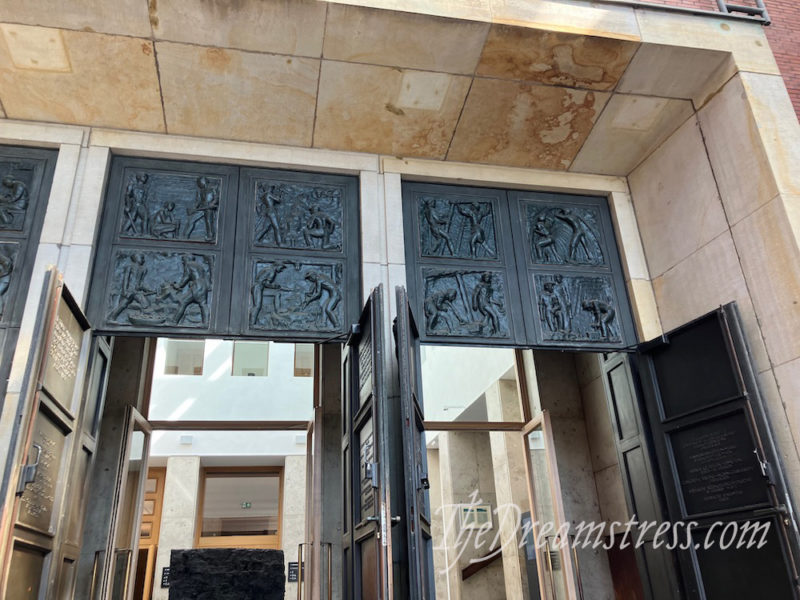
Mining scenes above the entrance doors
The entire Ruhr region is built on mining – literally. My host Ripeka told me that sinkholes open up every few weeks due to all the excavations. And mines and industry* built the region’s fortunes.
Coal mining is also very important in New Zealand history. I’ve blogged about the coal industry on the West Coast of the South Island, and about hikes on old coal tracks.
So what does a whole museum devoted to coal mining have in it?
A huge lump of coal, which I instinctively tried to rub, because The Museum of New Zealand Te Papa Tongarewa has a huge pounamu stone that you’re meant to touch as you begin your journey through the museum. Luckily Ripeka (who used to work with me at Te Papa) knew exactly what I would think, anticipated my action and said ‘it’s not the pounamu! Don’t touch this one!’.
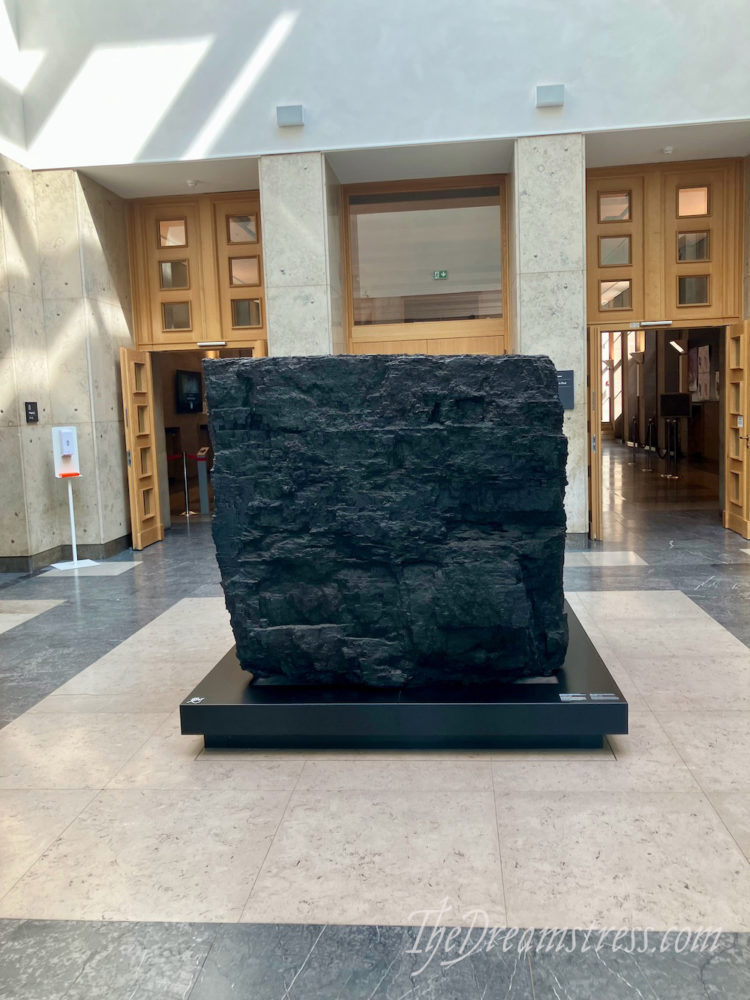
And an exhibition on historical depictions of miners. So interesting!
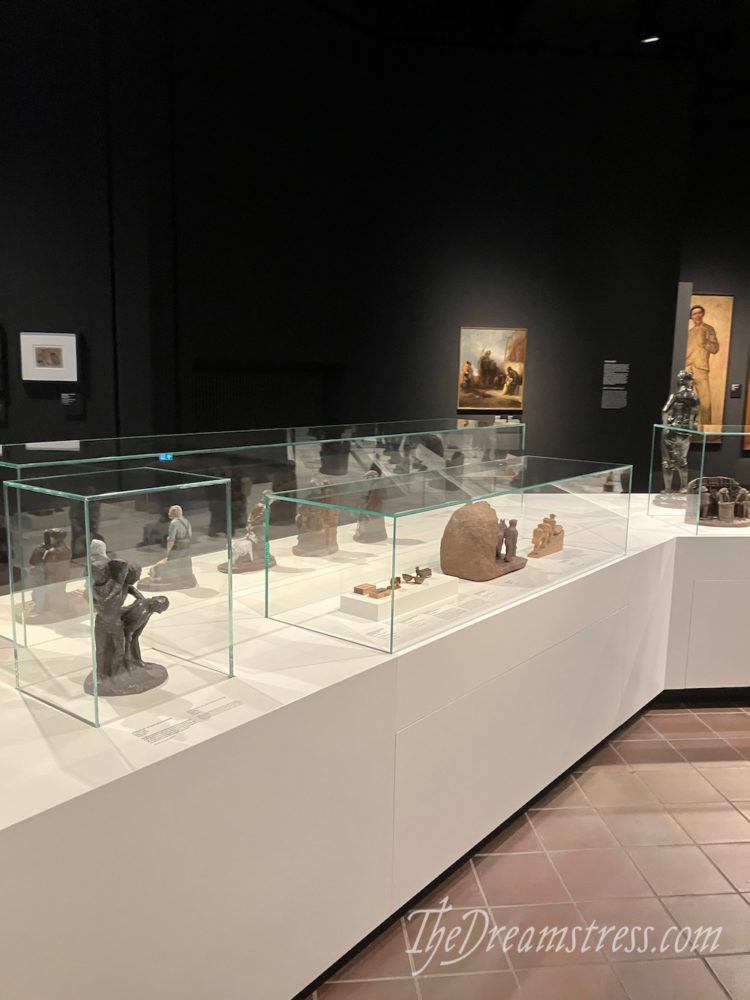
Who knew that there were mid-18th c table centrepieces depicting miners? Imagine sitting at a formal dinner in the 1760s talking about this piece:
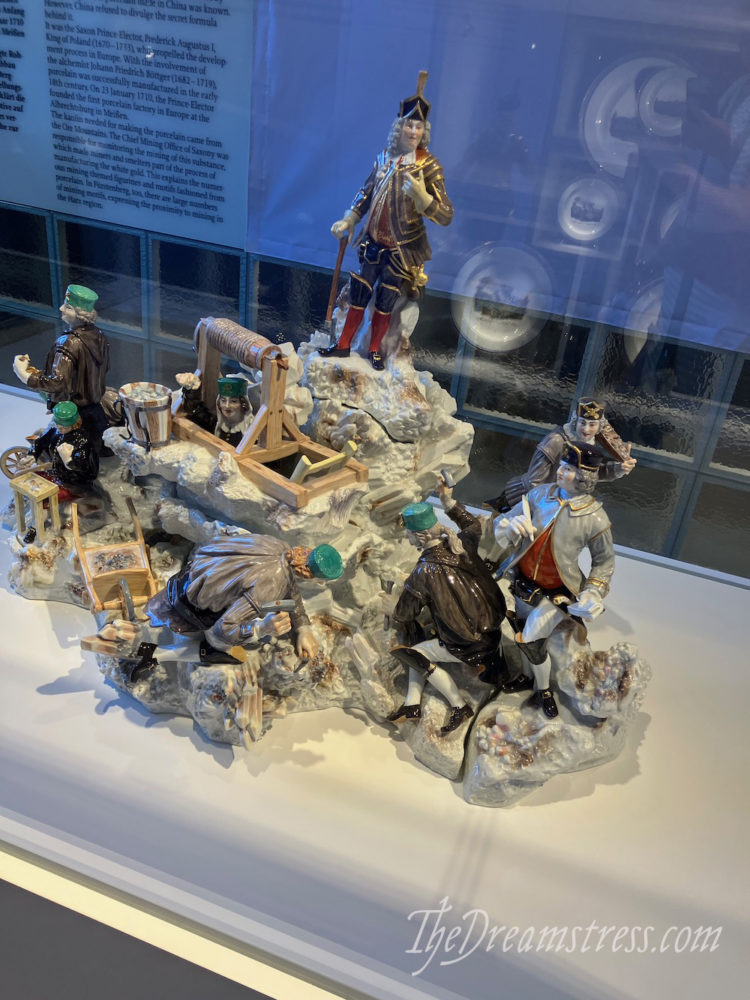
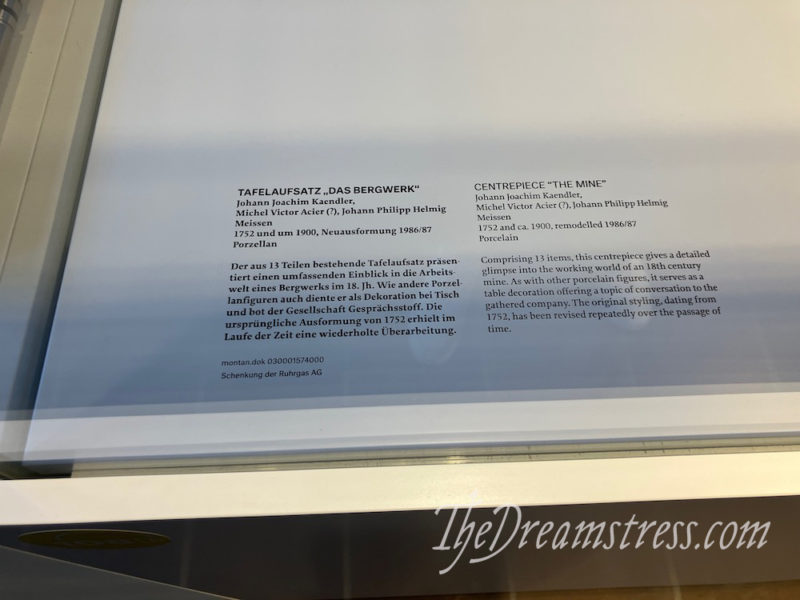
(this is not THE CENTREPIECE. Just a nice one.)
And drawings and figures of all the different levels of mining officials from the 1720s:
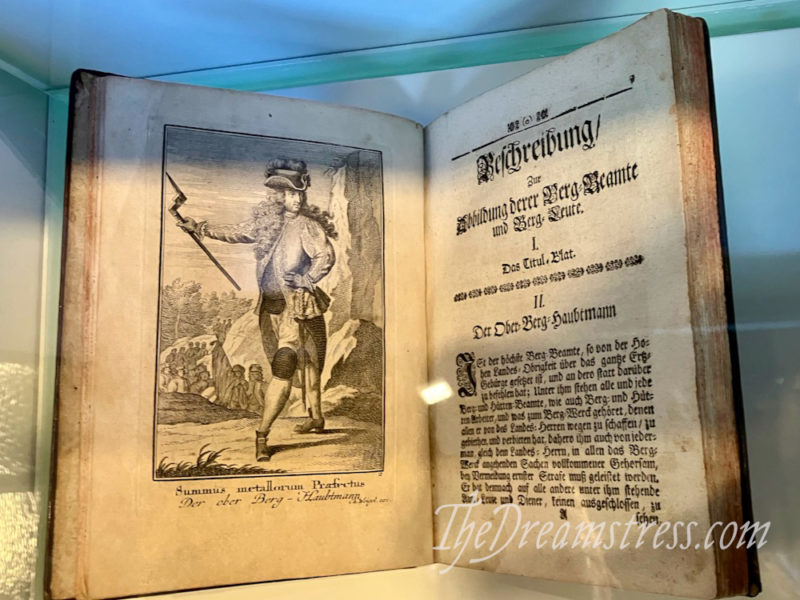
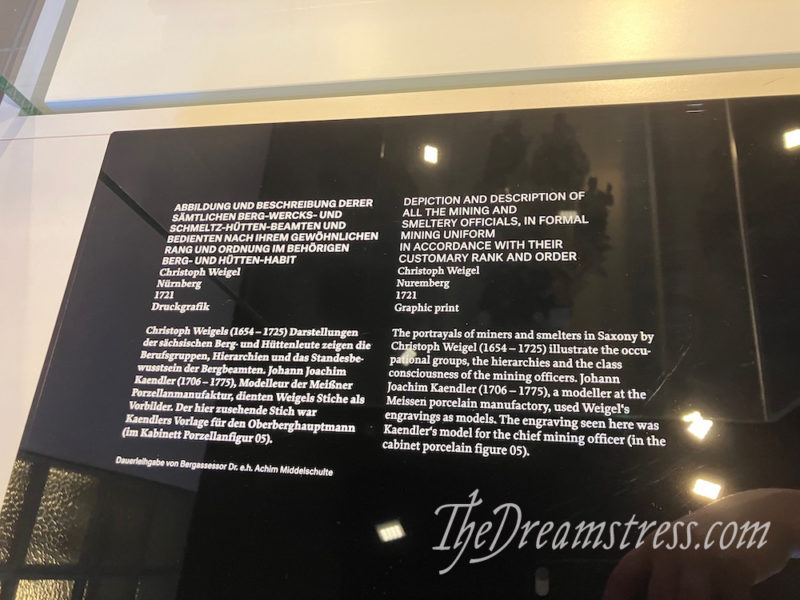
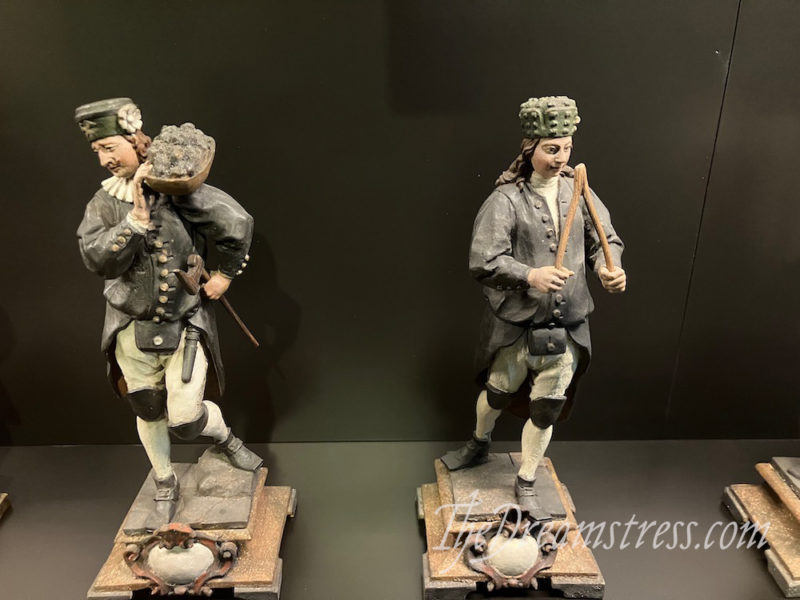
How cool to see the different kinds of specific working clothes from the early 18th century? The practical details, like knee pads, and padded helmets!
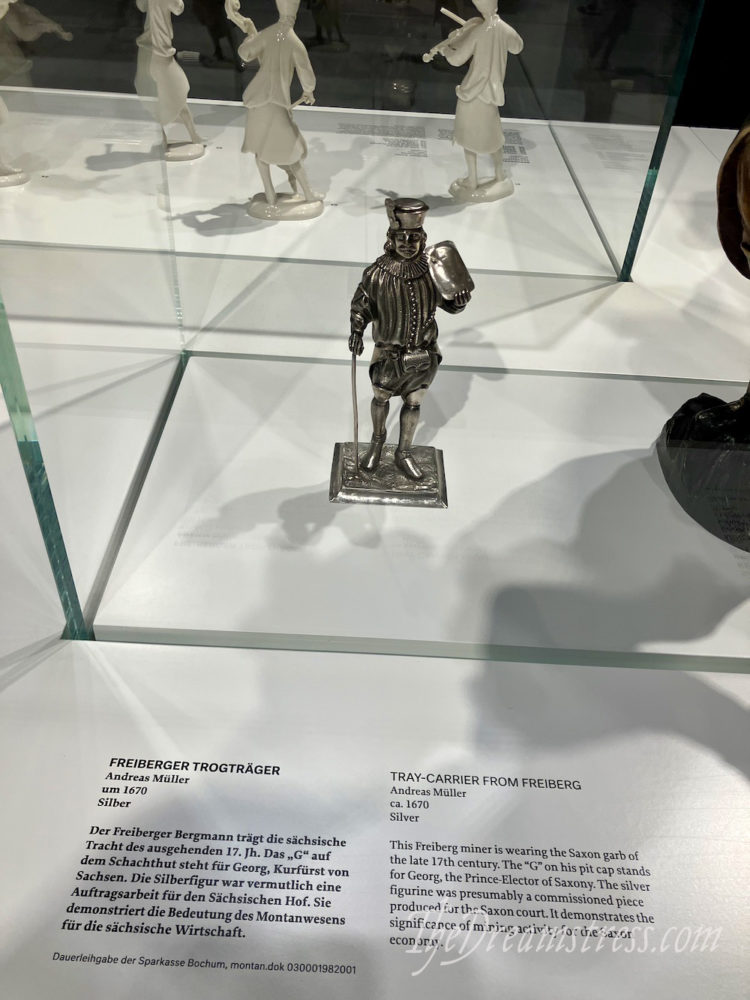
There were also paintings of events related to mining…
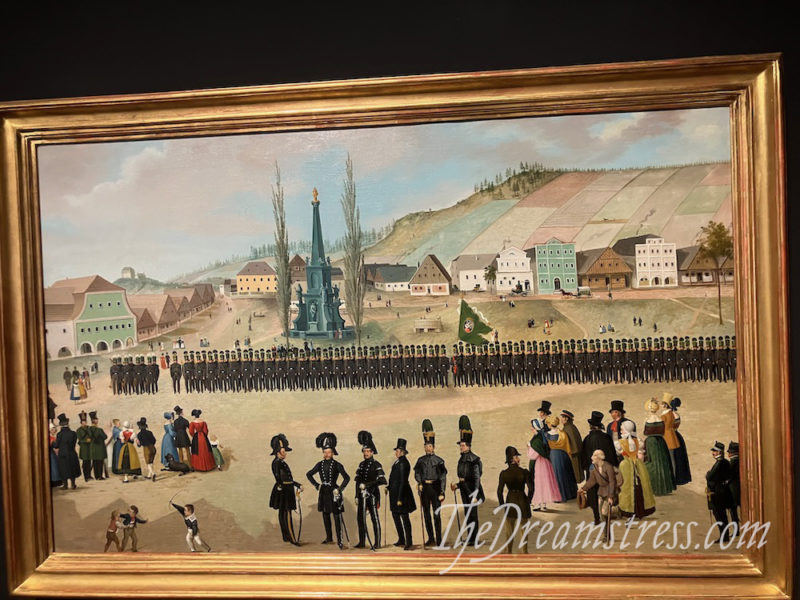
(what a fantastic source for clothing details! Both fashionable clothes, and folk clothes, and shades between)
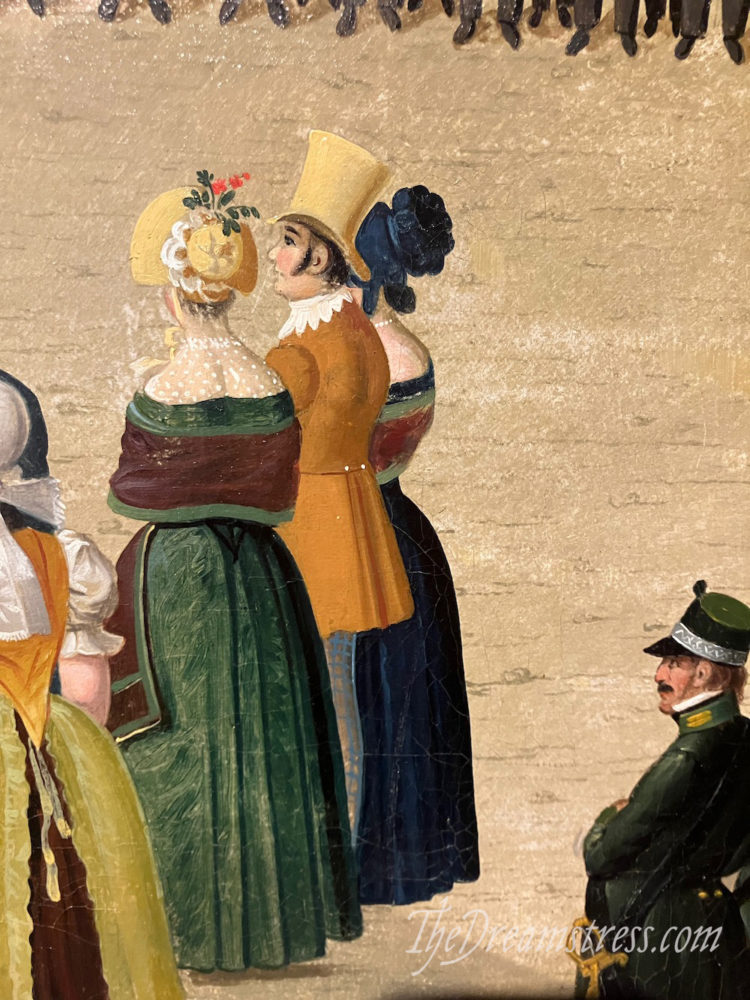
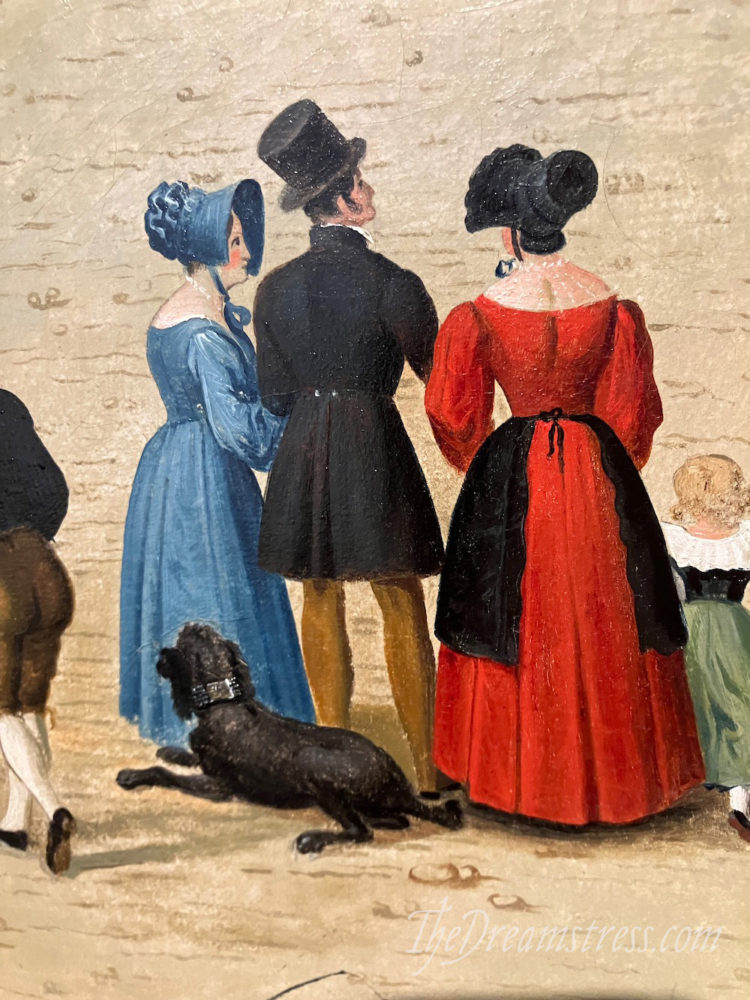
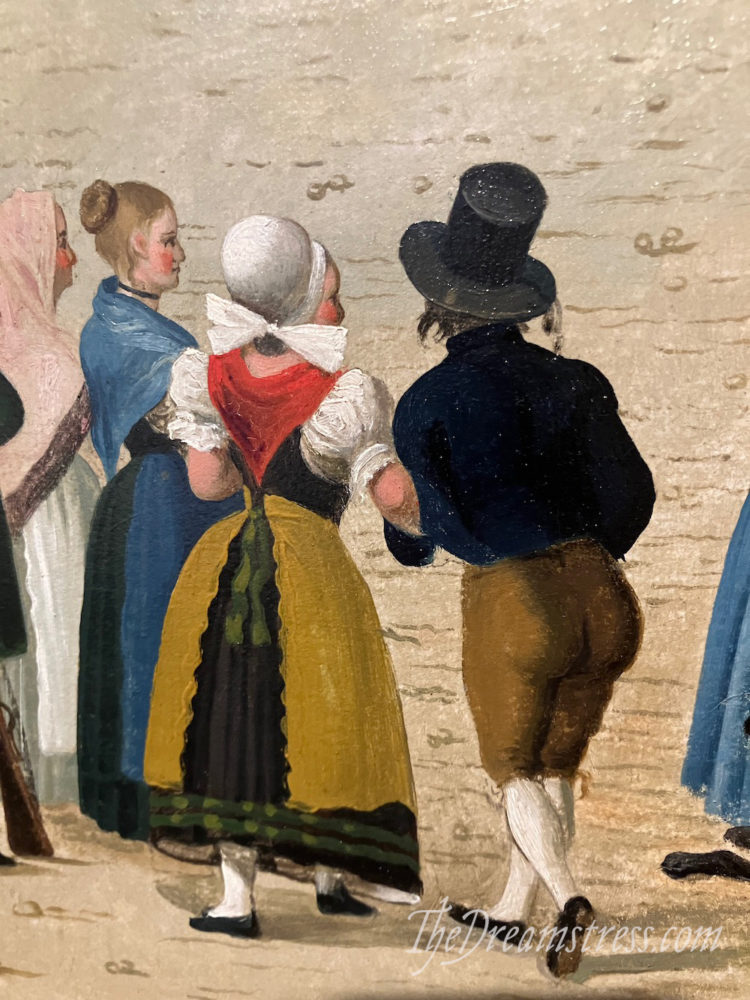
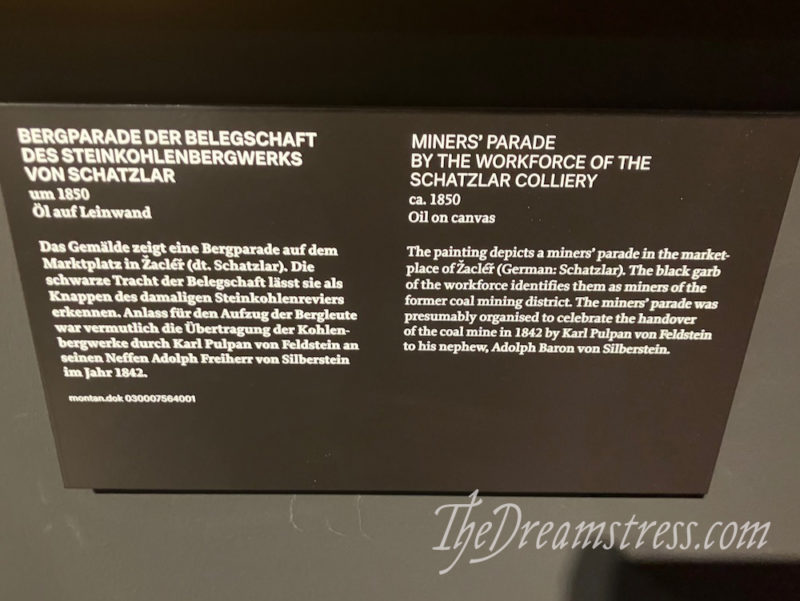
And moments from miner’s lives. I really love this painting, because it reminds me of 70s era Robin White:
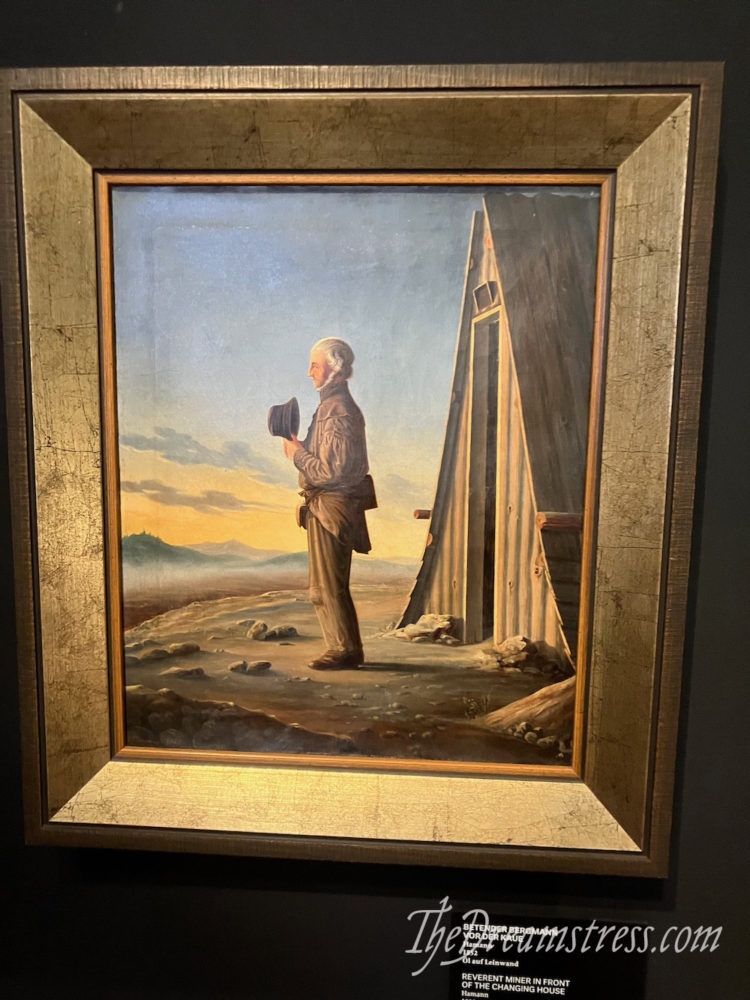
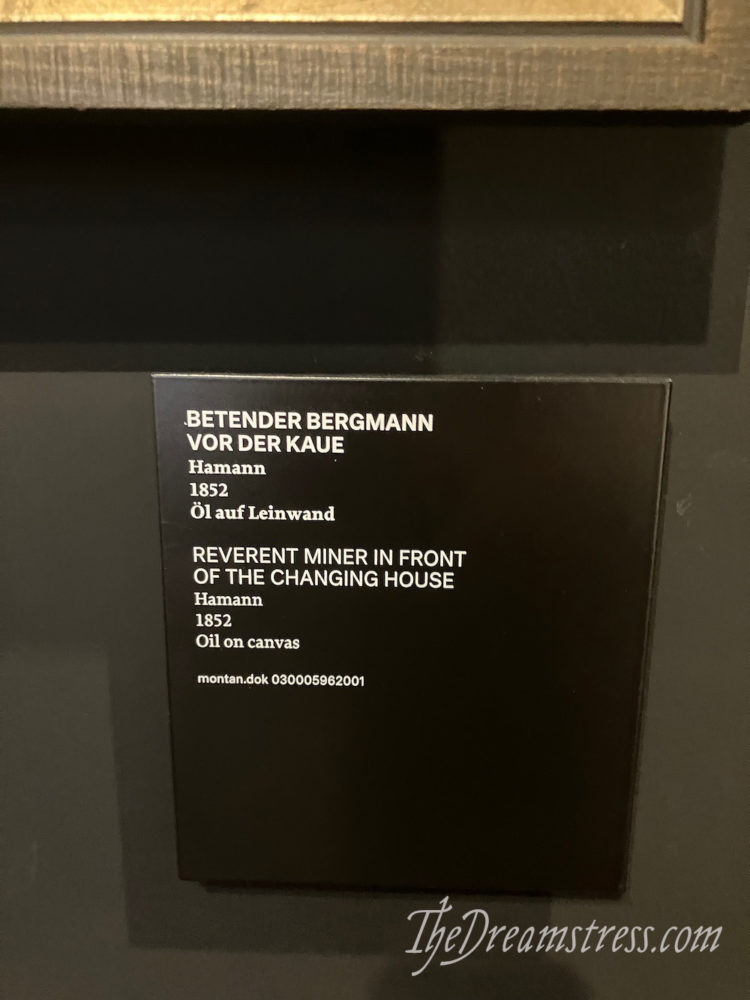
In addition to images and objects, the museum has something a little more hands on: a reproduction of a working coal mine in the basement. We managed to get into the last tour of the day to see it.
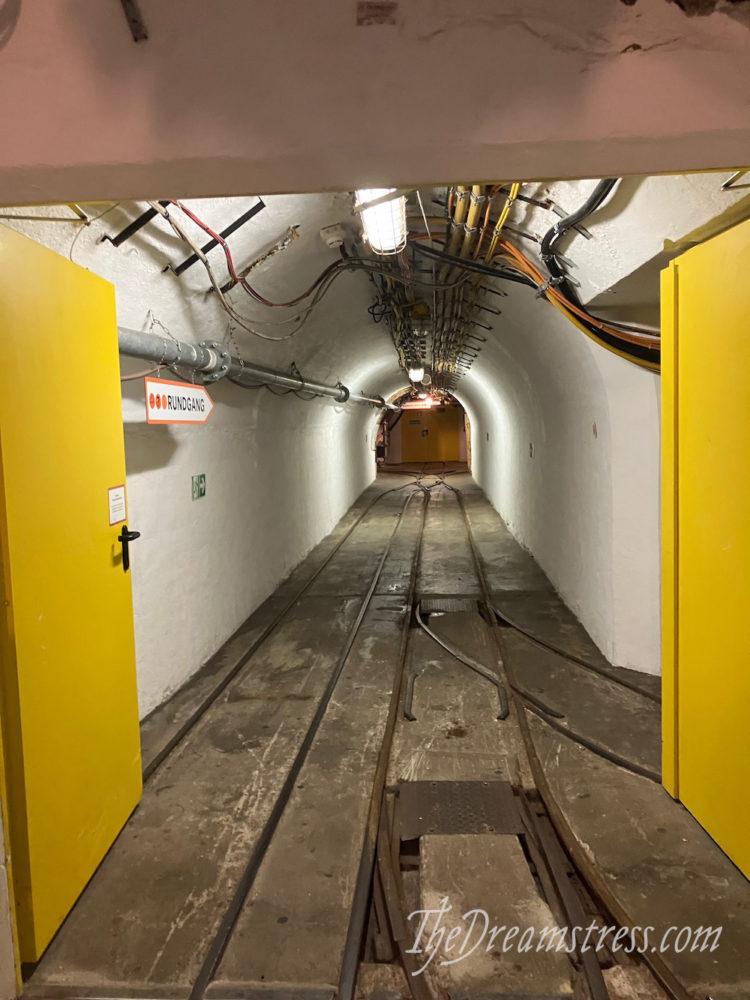
It felt very real, but just safe enough that my claustrophobia didn’t kick in.

There’s actual mining equipment down there. Like this tunnel borer, which , if I remember correctly, costs 17 million euros….
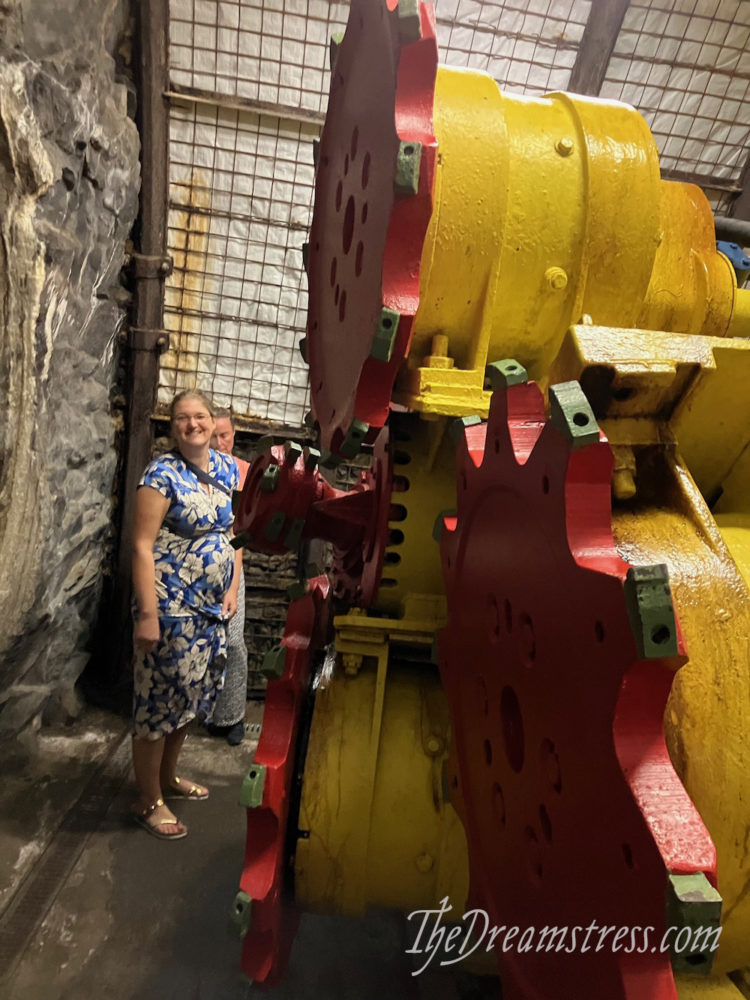
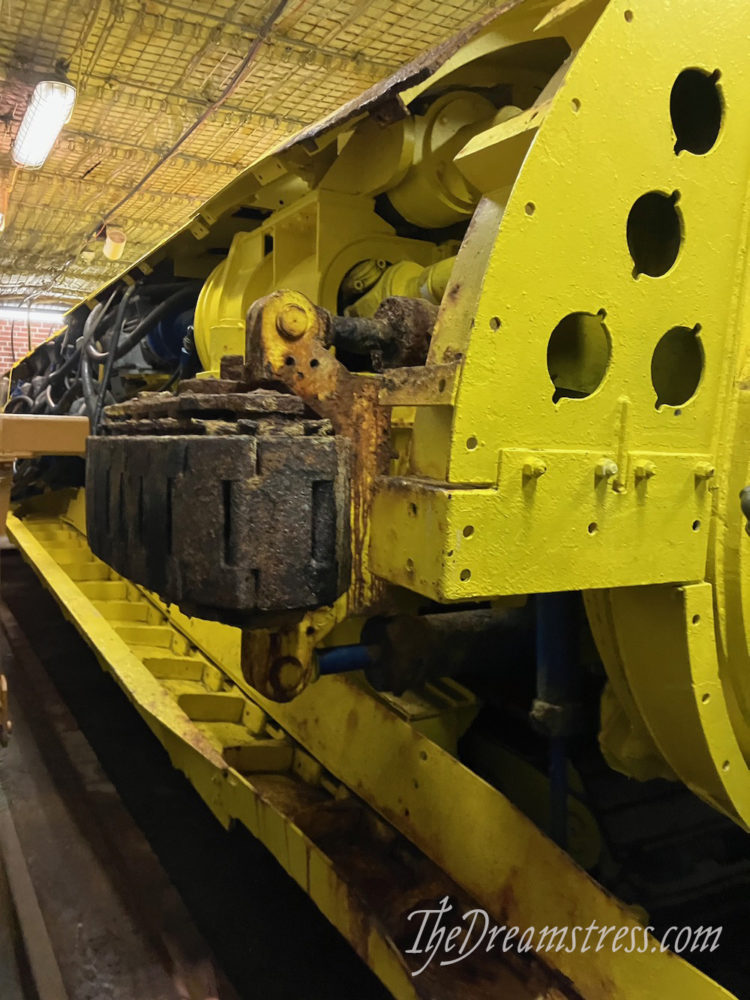
And drills amazing holes and is definitely something that is going to end up in some sc-fi or fantasy film.
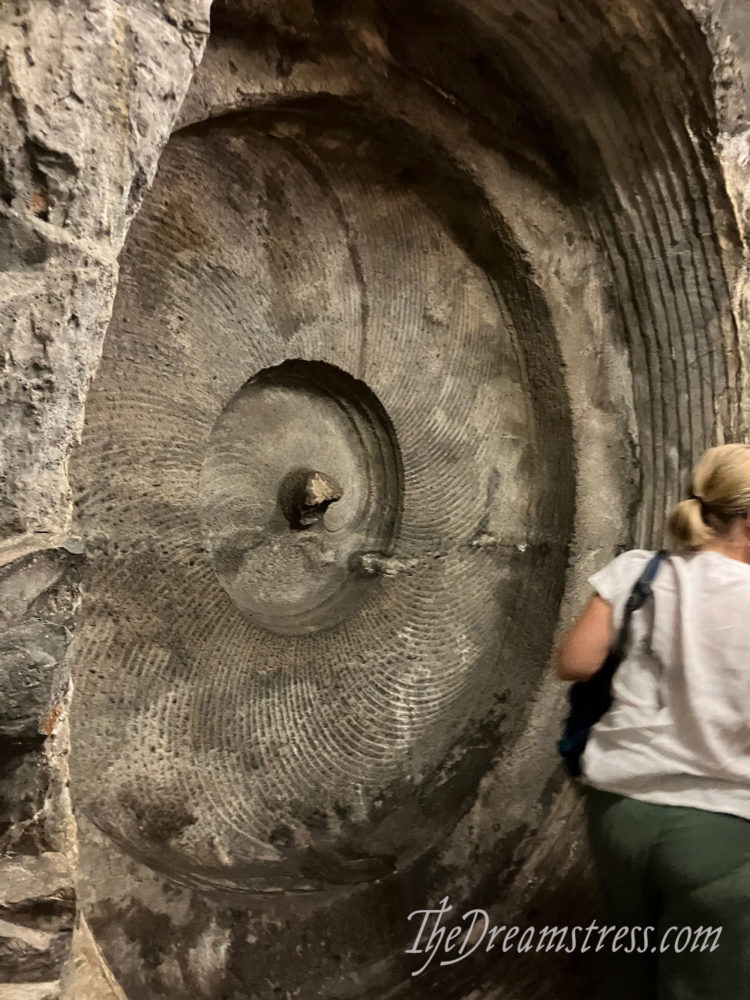
Actually, the whole mine was a fascinating exercise in set building. It felt so REAL.
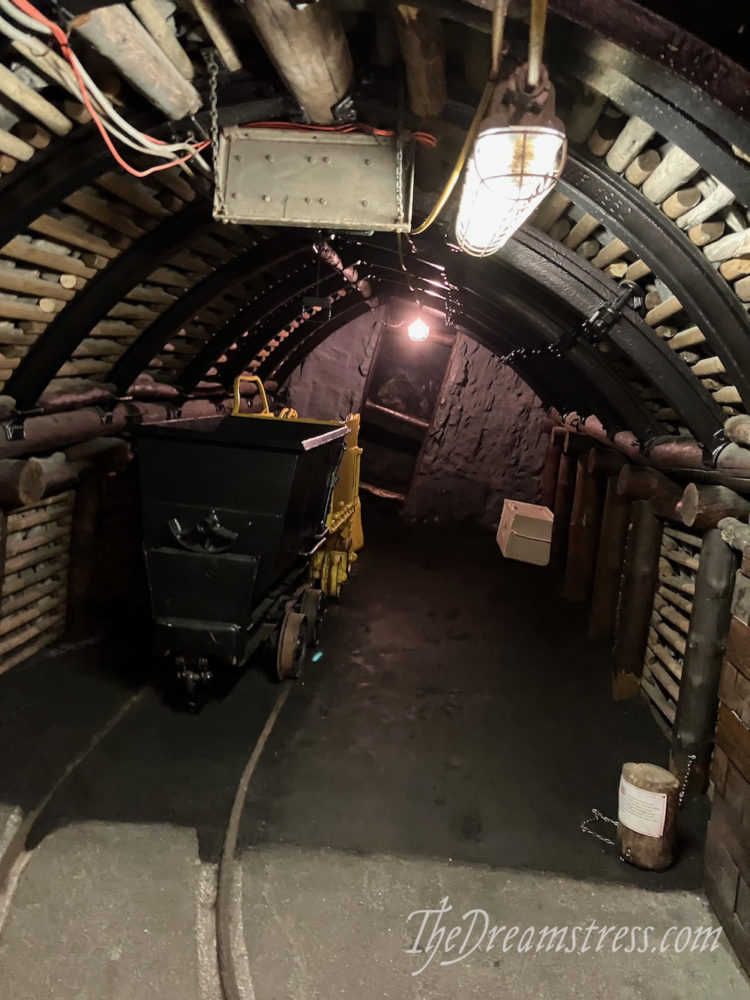
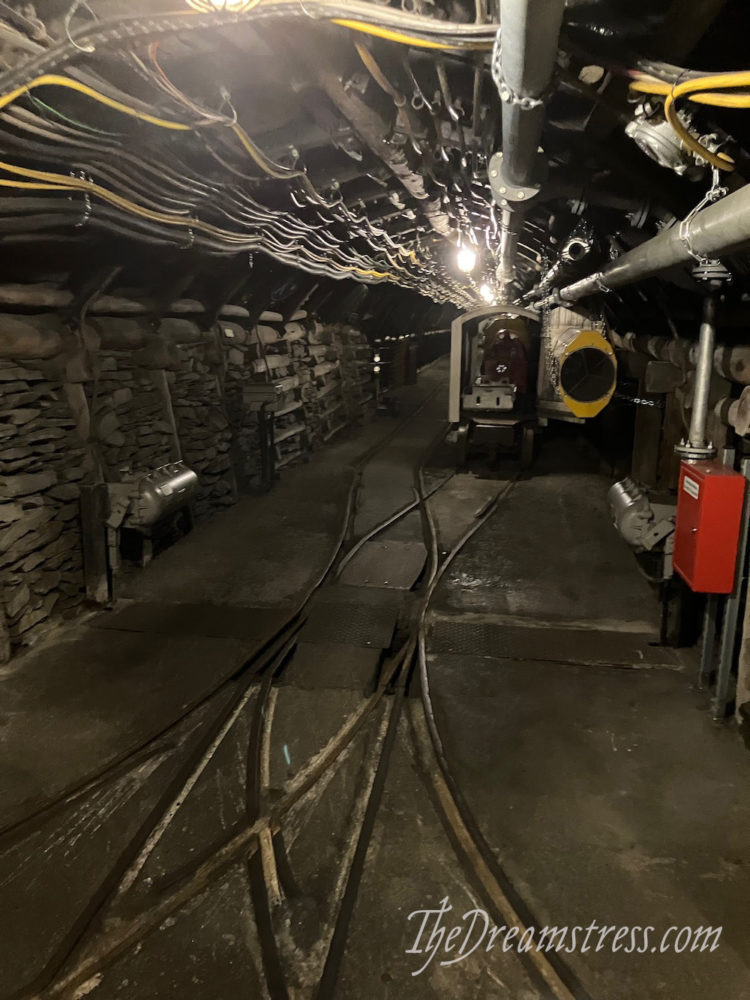
The tour included a simulation of the descent down, down, down into the pit. It was…alarmingly realistic. But just fake enough that I didn’t freak out.
One of the last things on the tour was a modern mining machine, which mines coal without having to create a tunnel. It just carves it off the coal face, moves forward, and then lets the rubble fall behind it. It was amazing. And makes the 17 million euro machine look like a stocking stuffer…
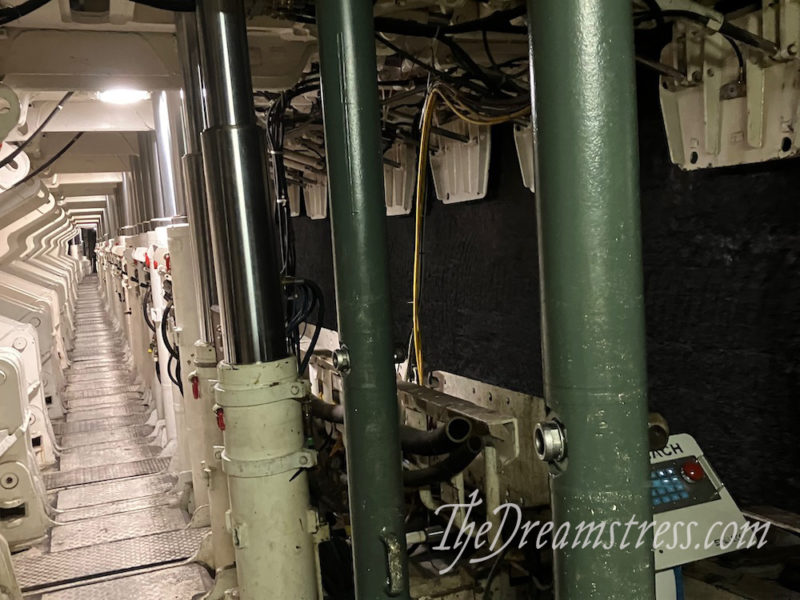
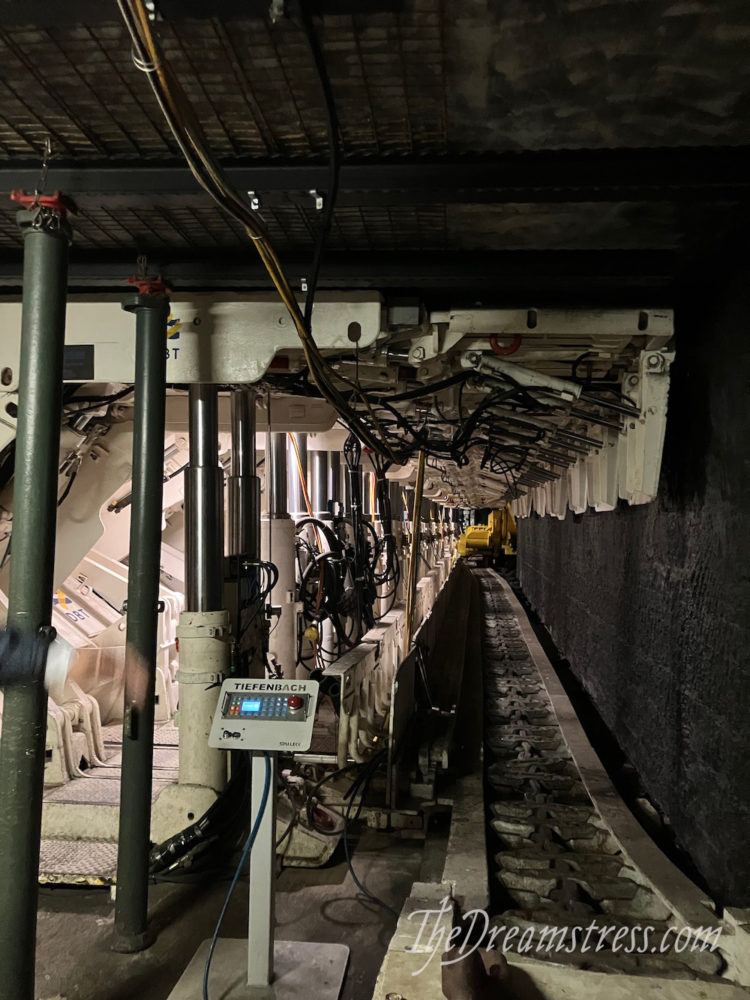
If you want to get slightly seasick but get a very good idea of what the mine tour felt like, the museum has a great video of it. (watch it on youtube if the previous link doesn’t work)
The mine tour finished up by going up, up, up in the lift, to the large platform on the mining tower:
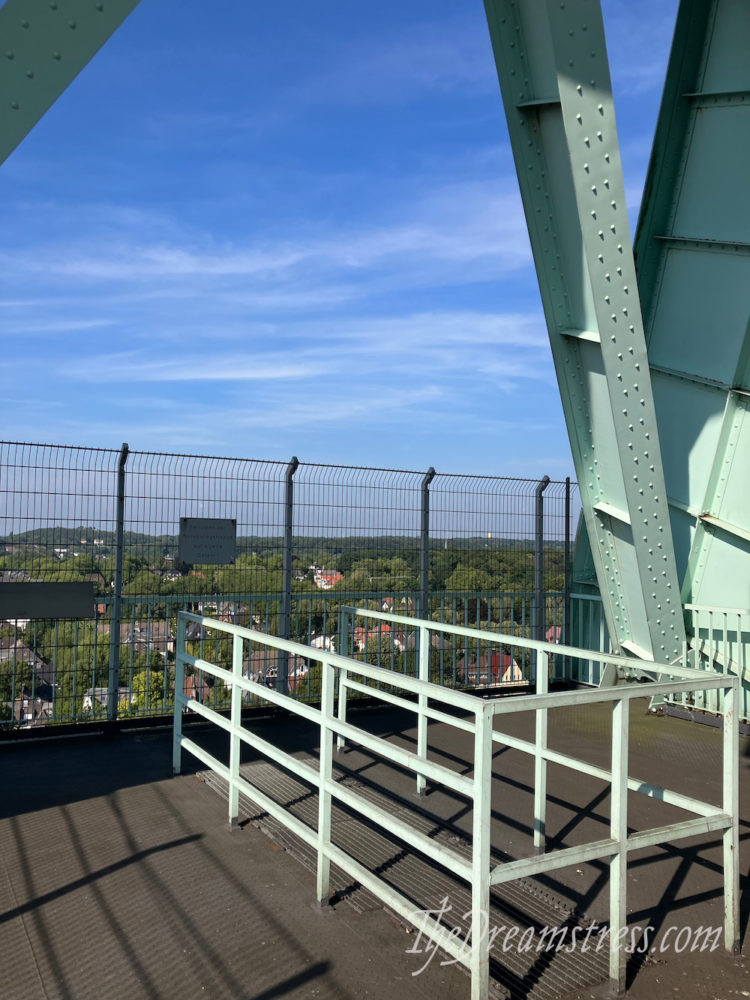
From it you could see out, out, out over the region, over the train tracks, to all the churches and houses.
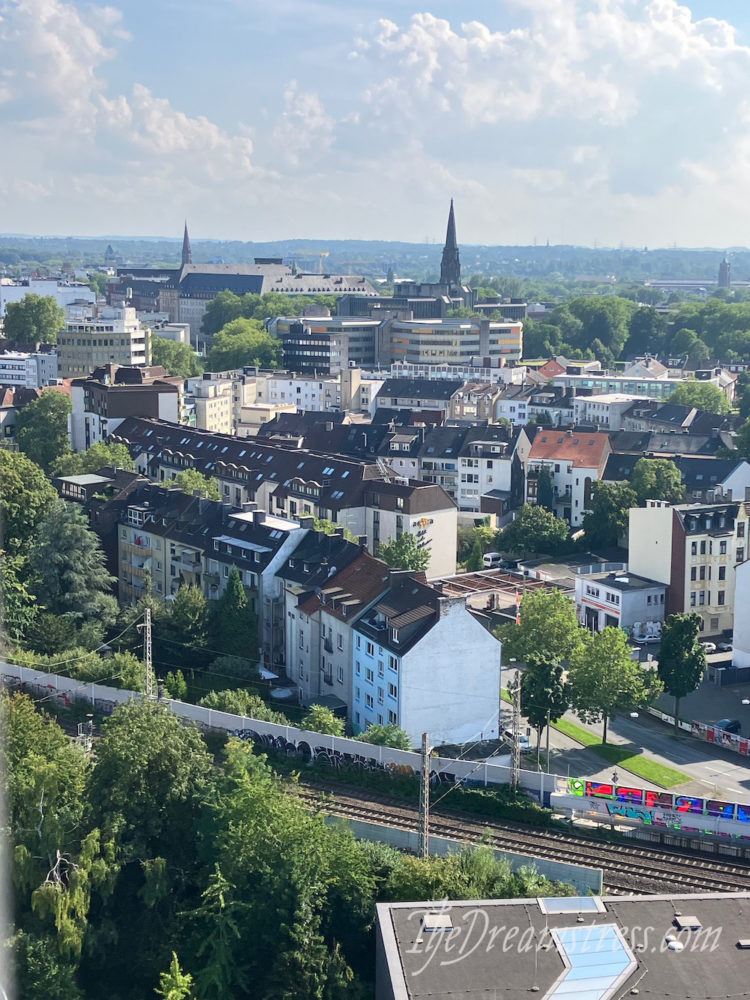
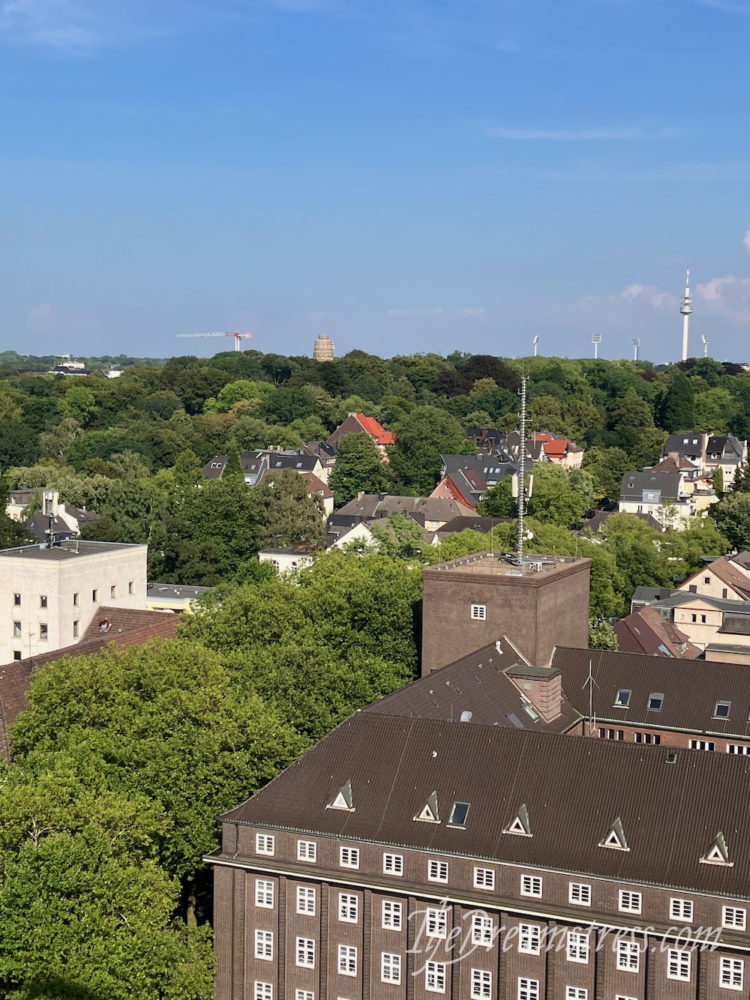
That’s a Bismarck Tower out there in the distance. We walked to it after the museum.
The mining tour was in German, so Ripeka translated for me. She was so quiet and discreet the tour guide didn’t even realise we were doing it. There were two other English speakers on the tour, but their German was a lot better than mine, so they could mostly follow it.** He occasionally stopped and said things for them in English, and teased them slightly. Unnoticed, I got off!
It was only once we were up on the viewing platform that the guide heard us talking. He asked where I was from and we said “New Zealand.”
His instant response?
“New Zealand! Te Papa!”
What are the chances of saying that to two people who met working for Te Papa!?
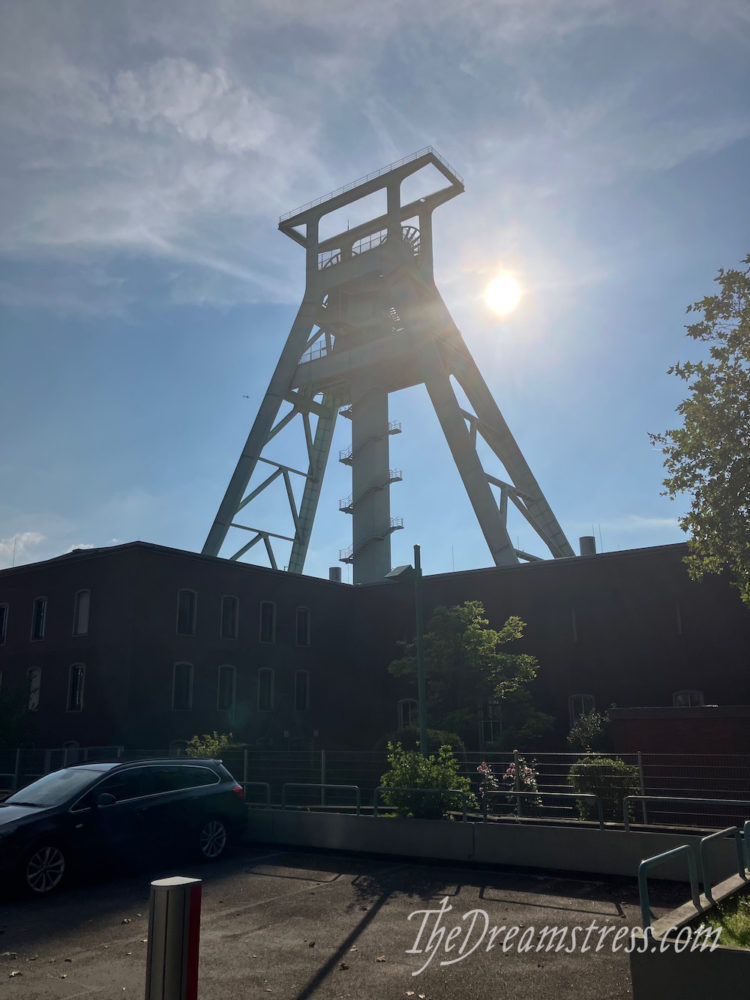
* more about that in future blog posts…
* * This is, admittedly, not hard. I know ‘fledermause‘, ‘nein, danke‘, and leker. 🤣

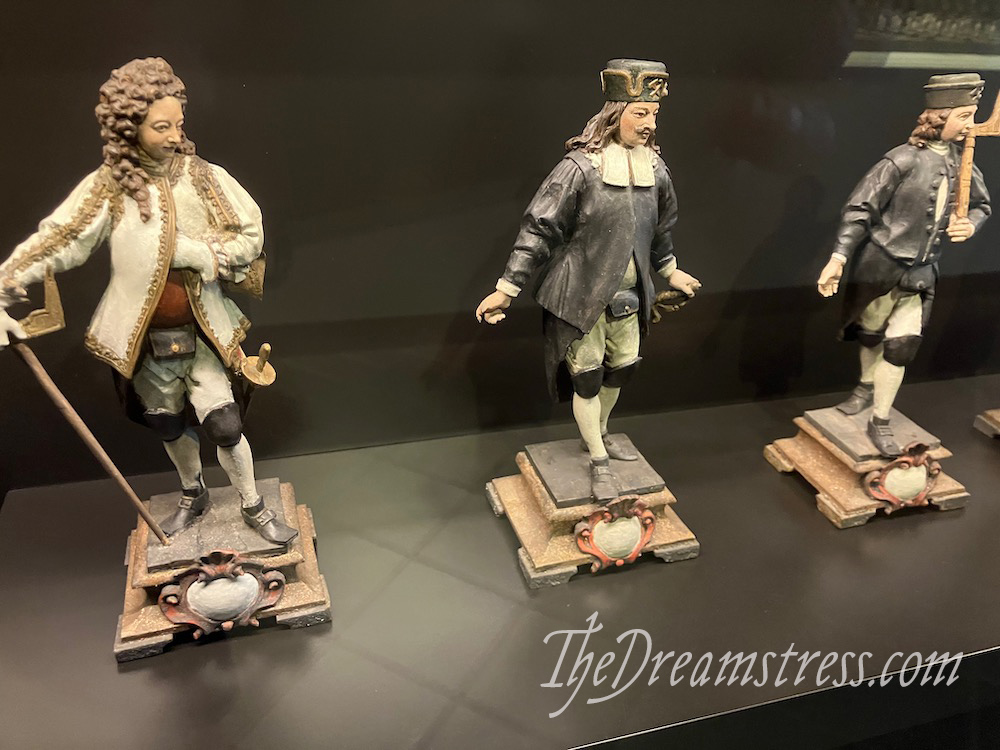

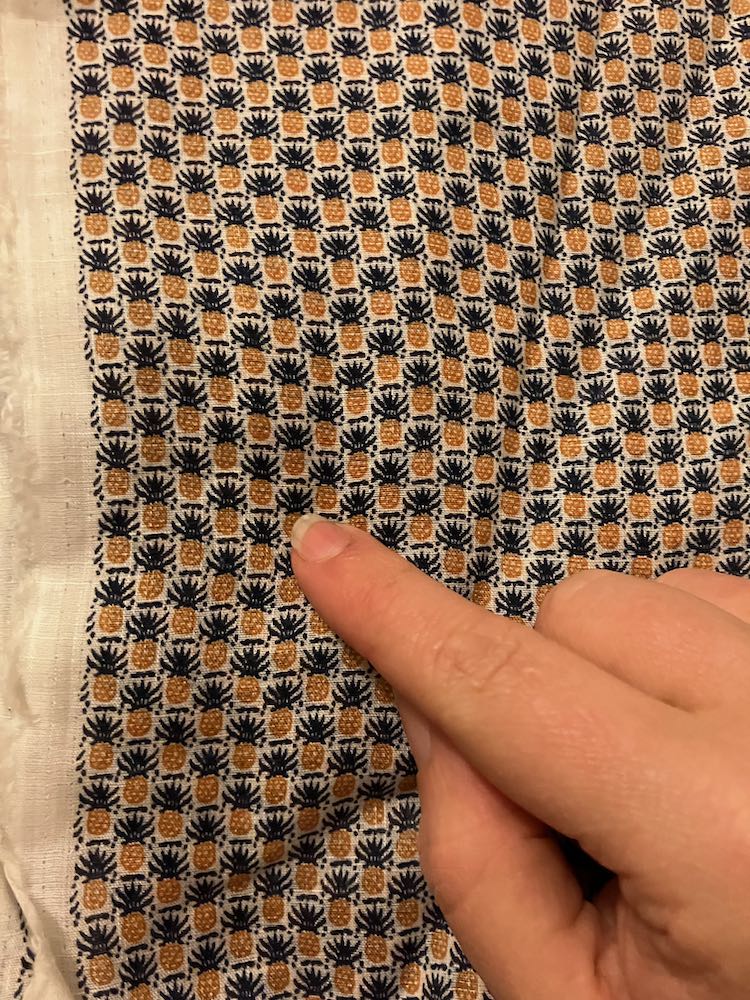 The print is not accurate of course. However, it is perfectly in keeping with the late 18th and early 19th century obsession with pineapples, and it’s so tiny that from even a slight distance away it looks like a plaid or geometric print.
The print is not accurate of course. However, it is perfectly in keeping with the late 18th and early 19th century obsession with pineapples, and it’s so tiny that from even a slight distance away it looks like a plaid or geometric print.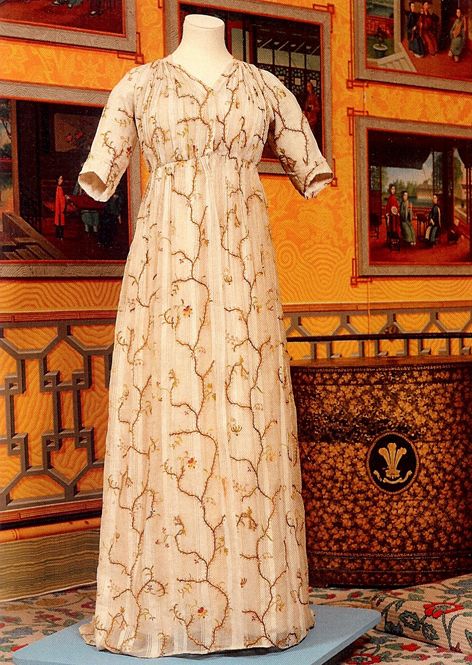
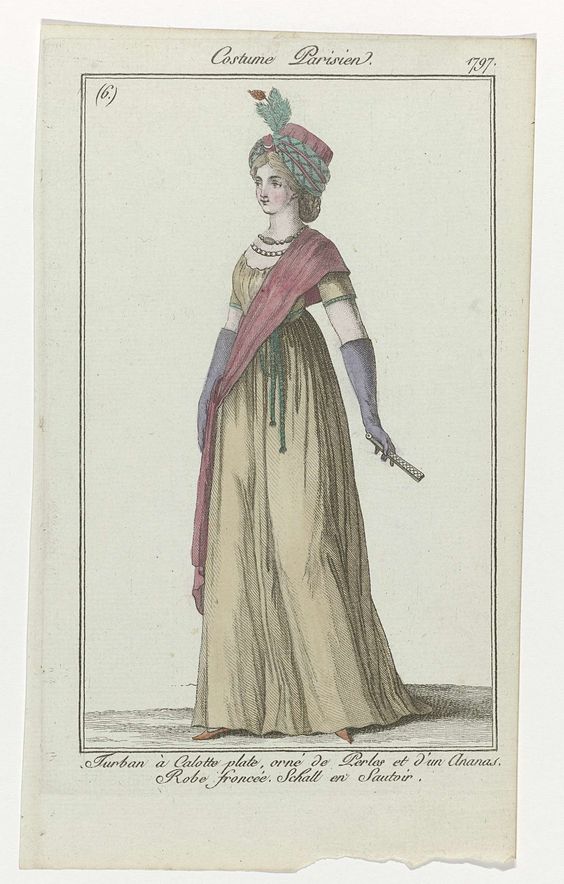
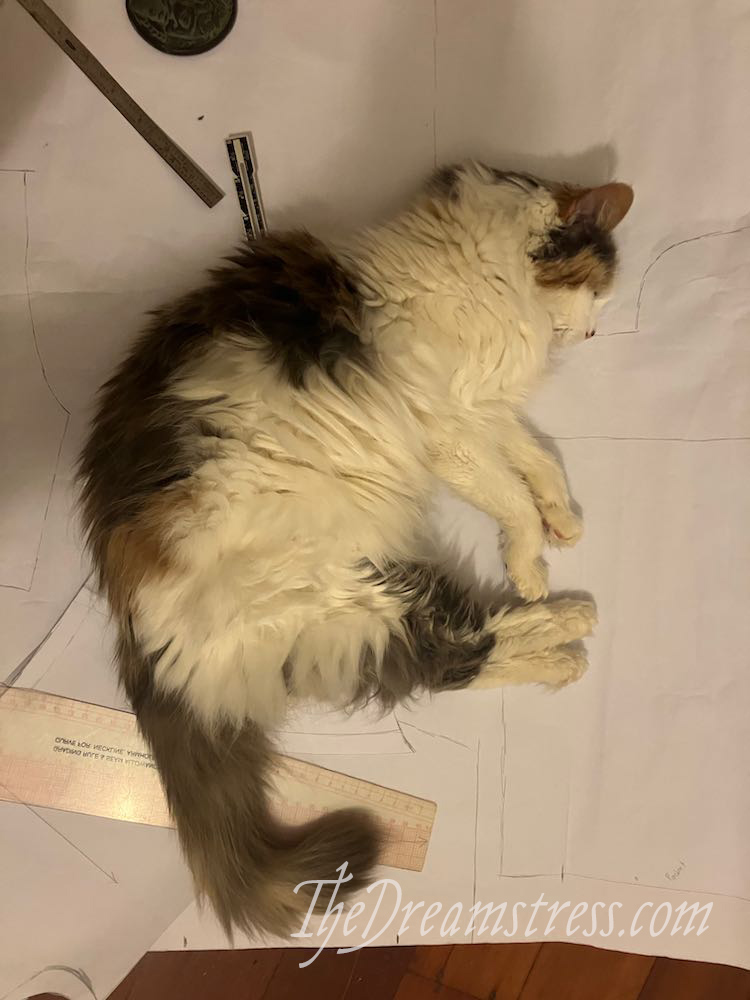 First the lining goes together:
First the lining goes together: